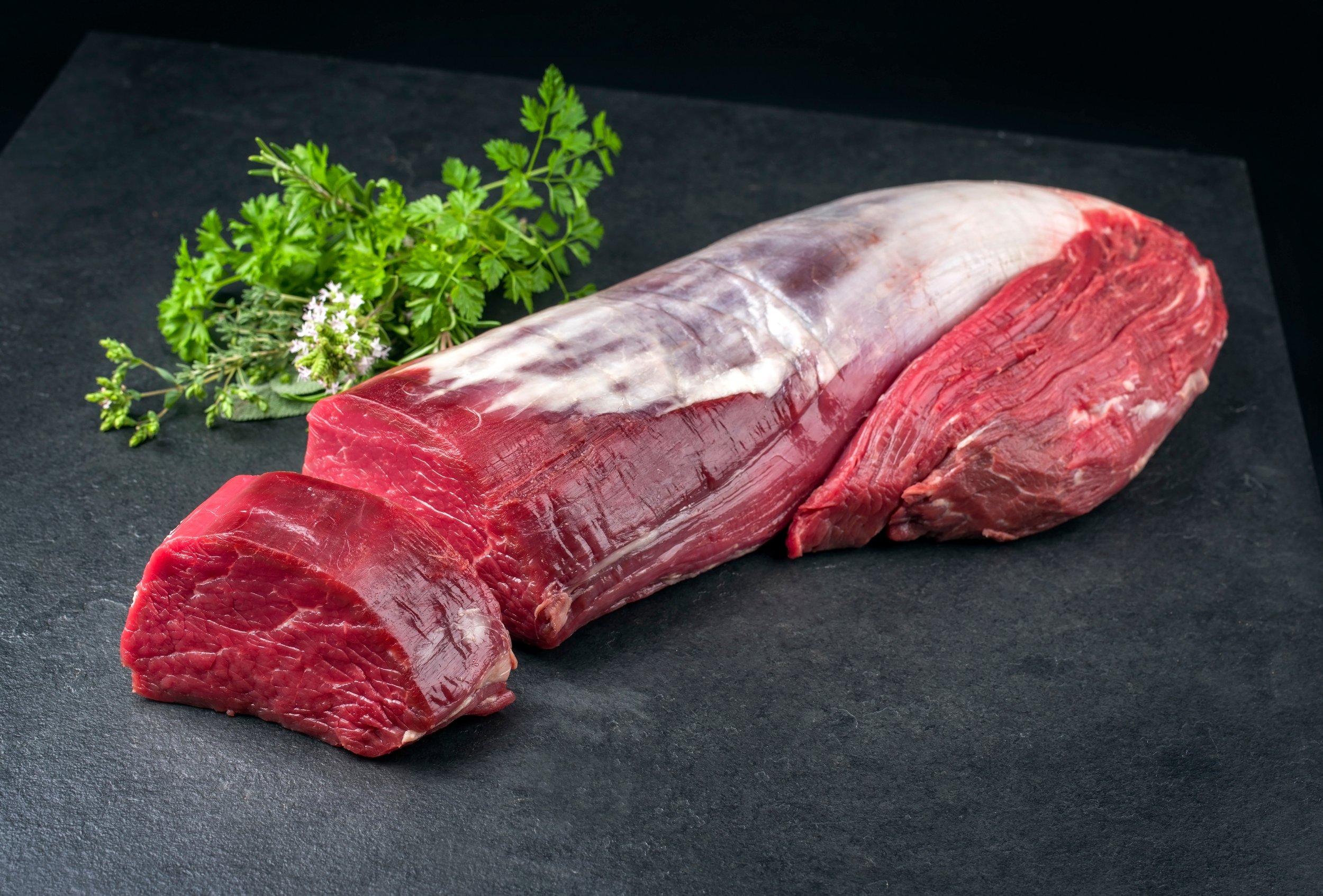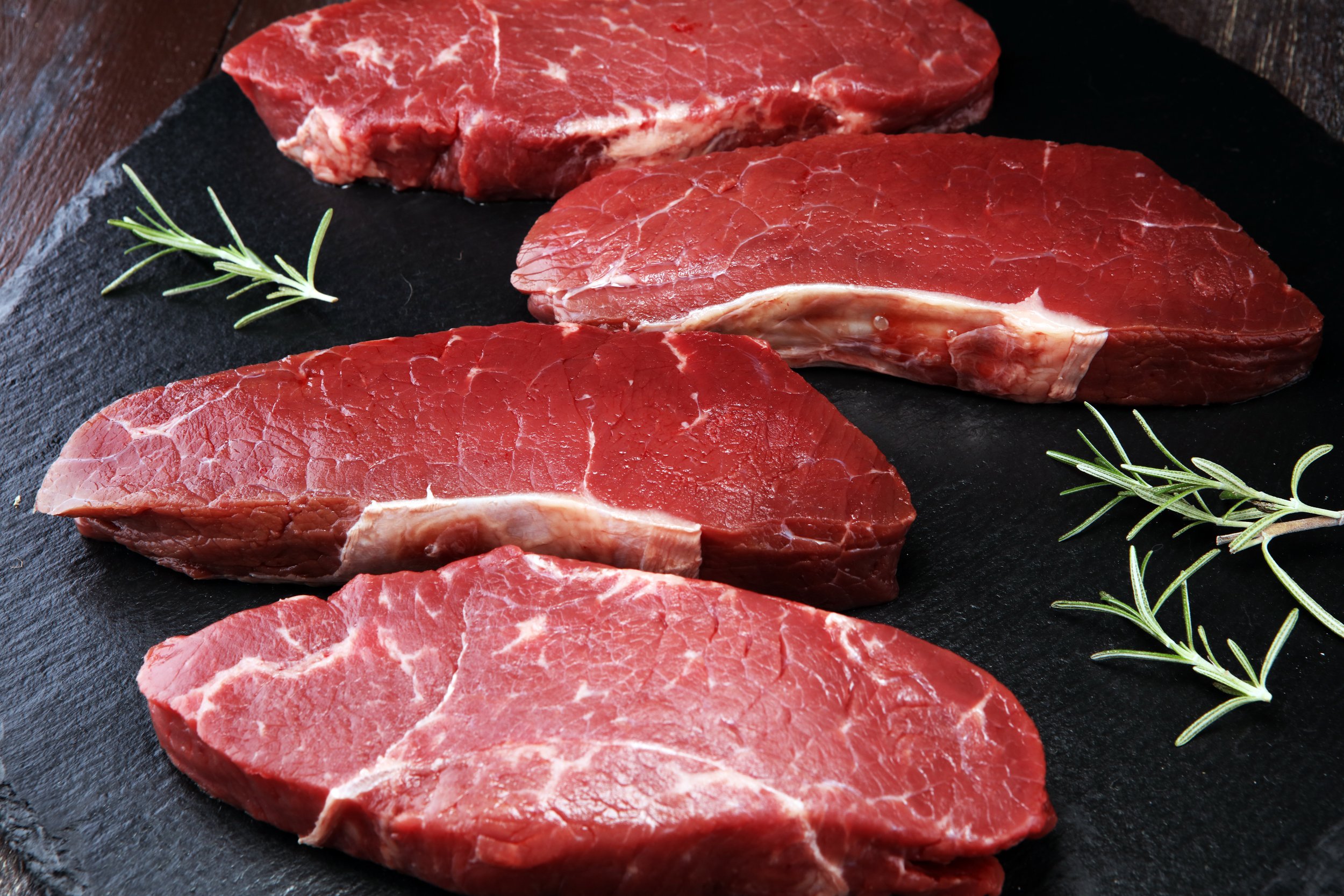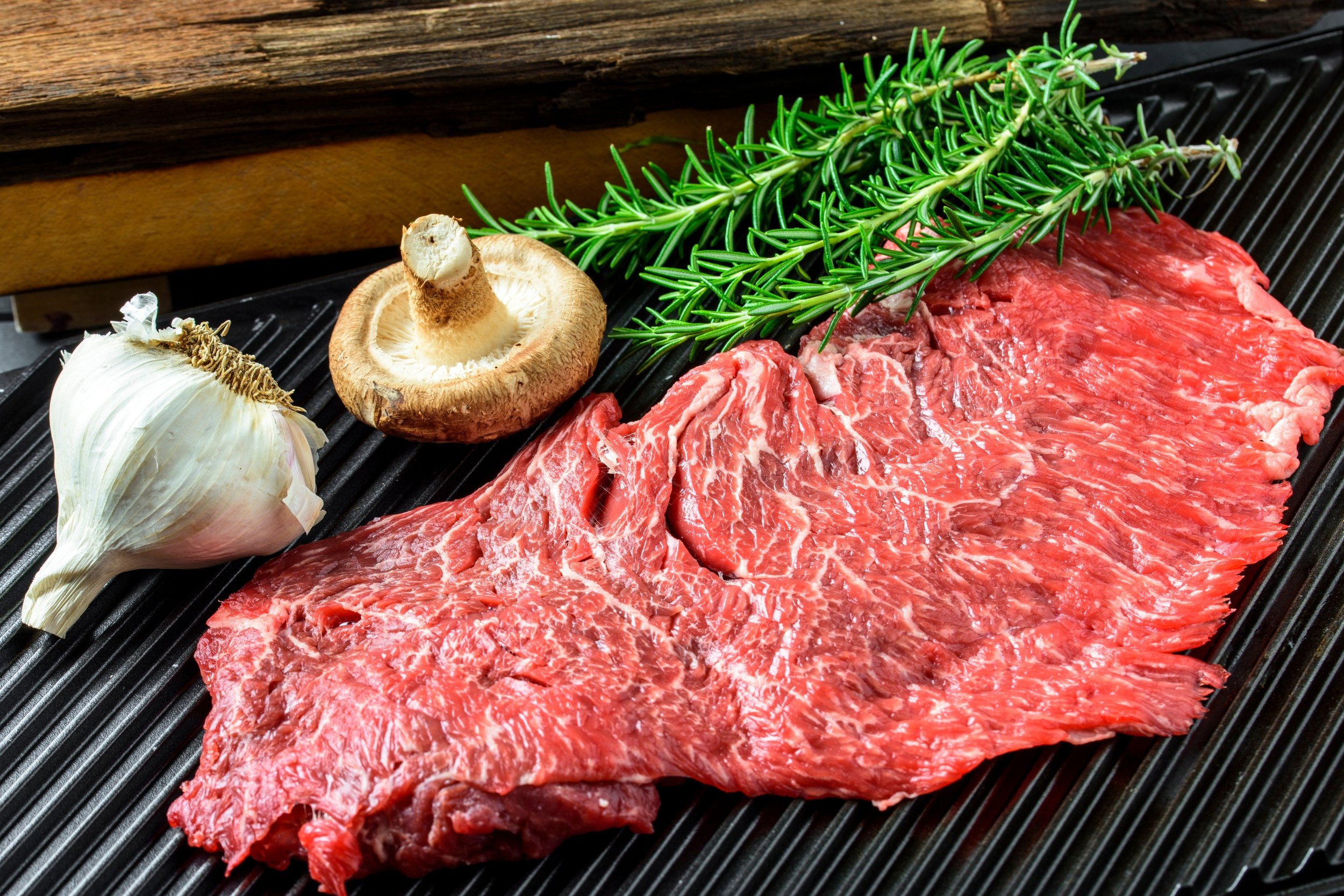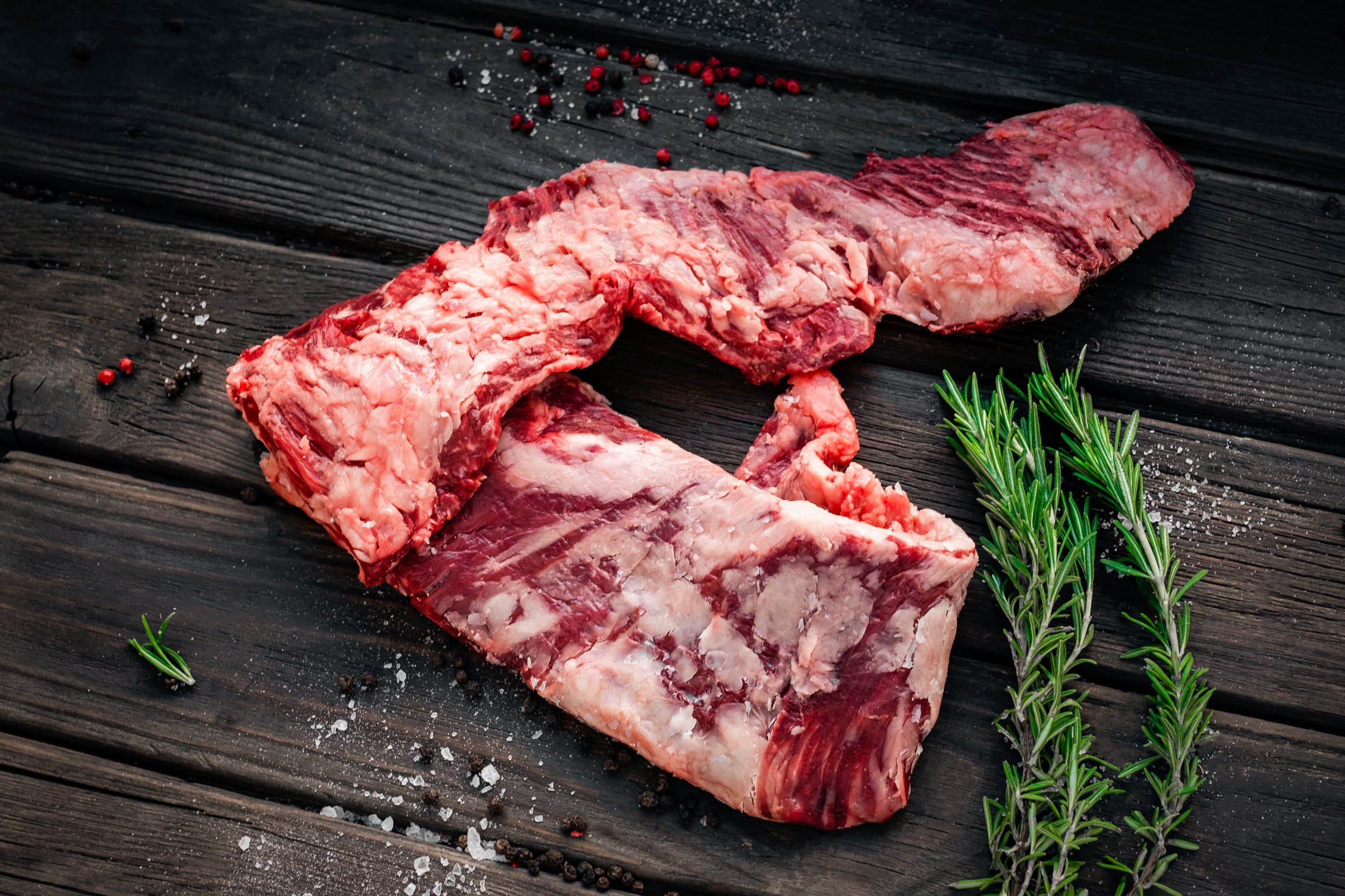
Know your cuts
Your quick guide to the
well-known & overlooked
From everyday favourites
to hidden gems
Whether you're cooking a classic Sunday roast or trying something new on the grill, understanding where each cut comes from - and how best to cook it - can turn a good meal into something unforgettable.
This guide walks you through the well-loved staples and the lesser-known heroes of the beef world, helping you get the most flavour, value, and enjoyment from every cut.
The Steakhouse Stars
Eye Fillet
Location
From the loin and sirloin.
Why It’s Great
Perhaps the most highly prized cut, the eye fillet is incredibly tender. It has three parts, the head, the middle (or chateaubriand) and the tail. Although it’s milder in flavour it melts in your mouth.
Cooking Tip
It can be cooked whole or portioned into steaks. From fillet mignon to Beef Wellington there is a host of great recipes for this wonderful cut. However it is important to avoid overcooking to retain tenderness.
Rib Eye
Location
From the rib section, from the 6th to the 12th rib.
Why It’s Great
The Ribeye combines beefy flavour and tremendous tenderness. It has great intermuscular and intramuscular fat which delivers loads of flavour.
Cooking Tip
Best cooked on a grill, in a hot skillet or even reverse seared. It pairs perfectly with a red wine jus or a compound butter.
Rump
Location
Comes from the sirloin end of the round.
Why It’s Great
Flavour, flavour, flavour. Rump is beefy, packed with umami with a fine well-balanced texture.
Cooking Tip
Best cooked on a grill, in a hot skillet or even reverse seared. It pairs well with classic sauces like pepper, mushroom, bernaise or salsa verde.
Sirloin
Location
From the top of the sirloin.
Why It’s Great
Also known as the Porterhouse or New York Strip. labelled by Gordon Ramsey as “a chefs dream,” the Sirloin is tender and flavoursome with a great a fat cap that which adds to a great eating quality.
Cooking Tip
Best cooked on a grill or in a hot skillet, to get a good crust and let it rest. Great with your favourite rub and bathed in butter, garlic and rosemary.
The Butcher’s Secrets
Bavette (Flap Steak)
Location
Bavette comes from the bottom sirloin, near the flank and closer to the hindquarters.
Why It’s Great
Prized in French cuisine and a favourite of the legendary Jacques Remond. Rich, beefy flavour with excellent marbling. Loosely grained texture, making it extremely juicy and tender when cooked properly.
Cooking Tip
Highly versatile – great grilled, seared, or used in stir-fries or tacos. Soaks up marinades beautifully. When sliced against the grain, it’s melt-in-your-mouth good. Perfect with bearnaise or a shallot and red wine reduction.
Chuck Eye
Location
Starts next door to the ribeye, from the upper shoulder (chuck primal). The Chuck Eye is separated from the Ribeye by a single knife cut.
Why It’s Great
Chuck eye has a lot in common with the ribeye. It is full of flavour with slightly less marbling than its neighbour. Made of the same group of muscles found in the rib eye, with a large proportion of the Spinalis or Deckle.
Cooking Tip
Best cooked reverse seared or even sous vide before a quick sear. Pear with your favourite condiments and sides.
Denver
Location
Under the shoulder blade (chuck primal).
Why It’s Great
Described by Curtis Stone as “flavour wise this cut is untouchable,” the Denver steak is tender, well-marbled, and packed with a rich flavour.
Cooking Tip
Reverse sear, grill, or sous-vide. Medium-rare is ideal for tenderness. Goes perfectly with creole butter (combine softened butter, minced garlic, brown sugar, cayenne pepper, chili powder, smoked paprika, fresh thyme leaves) and char grilled vegtables.
Flat Iron
Location
From the shoulder (chuck), specifically the top blade.
Why It’s Great
A hidden gem, Flat iron is the second most tender cut of beef (after tenderloin). It has excellent marbling, a rich beefy flavor, and a tender texture when cooked medium-rare to medium.
Cooking Tip
Best cooked on a grill or in a hot skillet; avoid overcooking to retain tenderness. Slice across the grain. It’s robust flavour stands up well against a peppercorn or bernaise sauce.
Petite Tender
Location
Shoulder (chuck primal).
Why It’s Great
Also known as the "shoulder tender," the petite tender is the teres major muscle and mimics the texture and flavour of eye fillet. A favourite of Jess Pryles creator of Hardcore Carnivore, it’s tender and lean with a mild flavour.
Cooking Tip
Perfect for grilling, pan-frying, or roasting. Made for a bearnaise sauce or perfect for a petite Beef Wellington.
Entrana (Skirt)
Location
Plate primal, near the diaphragm.
Why It’s Great
Known for its deep flavor and coarse grain structure. The outside skirt is more tender than the inside tender than some cuts but packed with flavour and character. Highly prized in Argentina and perfect with chimichurri.
Cooking Tip
Marinate and cook quickly over high heat. Slice thinly against the grain and serve with a chimichurri, chipotle or a tarragon bearnaise. You can be generous as the flavour of the Entrana stands up to a lot.
Picanha (Rump Cap)
Location
Top of the rump.
Why It’s Great
Revered in Brazilian cuisine, picanha is tender, juicy, and covered with a thick fat cap that adds flavour when rendered.
Cooking Tip
Roast whole, slicing thinly or the traditional Brazilian way on sword like skewers. Slicing against the grain here is all important as well as Simple seasoning to let the flavour shine. Great with a chimichurri and polenta chips.
Tri Tip
Location
Bottom sirloin primal cut.
Why It’s Great
This triangular cut is lean but flavorful, with a good balance of tenderness and a beefy taste. It’s highly popular in California-style barbecue but less well-known globally.
Cooking Tip
Ideal for grilling, smoking or roasting. Slice against the grain to maximize tenderness. Use you favourite rub or try ours favourite mix. Combine brown sugar, garlic powder, onion powder, paprika, ground coriander seed, chili powder, cayenne, salt, & pepper.
Short Rib
Location
Rib primal, near the brisket.
Why It’s Great
Short ribs have a rich, marbled texture and an intense beefy flavour when slow-cooked to convert the collagen into gelatin.
Cooking Tip
Braise, smoke or slow-roast to break down the connective tissue. With tremendous flavour short ribs stand up to other strong flavors. Baste with your favorite barbeque sauce or braised in red wine with plenty of aromats and enjoy.
Vacio (Flank Steak)
Location
Flank steak is cut from the abdominal muscles, specifically from the lower chest or flank area - just beneath the loin.
Why It’s Great
Intense beefy flavour. Long, coarse muscle fibres - needs to be sliced thin against the grain. Thomas Keller of The French Laundry says, “Cuts like flank steak remind us that excellence doesn’t have to come from the most expensive part of the animal”.
Cooking Tip
Ideal for marinades and grilling. Great for fajitas, Asian dishes, and your South American favourites. The acclaimed Argentinian chef Francis Mallmann loves flank over open fire, where the cut gains charred edges and smoky depth.
Low & Slow Crowd Pleasers
Brisket
Location: Lower chest or abdominal muscles below the first five ribs.
Why It’s Great: This cut is packed with flavour. The high collagen content turns into gelatin when slow-cooked, making the meat juicy and flavourful.
Cooking Tip: Cooking a brisket is a process. It is a cut with connective tissue that converts from collagen to gelatin between 71 and 96 degrees. The gelatin absorbs moisture which keeps the brisket succulent and juicy. Low and slow is the way to go and the cut is especially good for smoking.
Roasting Cuts
Location: Various cuts mainly from the shoulder and the round.
Why It’s Great: They are lean and flavourful with a fine grain. A wonderful way to feed family and friends.
Cooking Tip: Low and slow is the way to go. Sear all sides before roasting as the mailard reaction locks in juices and deepens flavour. Adding liquid and covering the roasting dish help retain moisture. Allow to rest before thinly slicing against the grain. The robust flavour pairs well with horse radish cream, a herb and mustard crust, caramalised onion or crunchy pickled vegtables.
Osso Buco
Location: Cut from the shank above the knee.
Why It’s Great: Cross-cut beef shanks with a central marrow bone. Rich in connective tissue, which melts down into luscious gelatin when slow-cooked. Deeply flavoursome and ideal for indulgent, hearty, comforting meals.
Cooking Tip: Cook to around 90°C and hold it there for a few hours. Use a base of quality stock or bone broth, add depth with aromatics, and layer your flavour. Finish with a splash of vinegar or squeeze of fresh citrus to brighten the dish before serving. Remove from heat when the meat is tender but still clings gently to the bone — that’s when you know it’s perfect.
Family Favorites
Premium Mince
Why It’s Great
High-quality Speckle Park beef mince with a good balance of lean meat and fat. The unique flavour of Speckle Park really shines in this product and adds depth and umptioness.
Cooking Tip
Premium Speckle Park mince is as versatile as a swiss army knife. From wonderful burgers to deep rich bolognese and tuesday night tacos it streches as far as you imagination.
Beef Sausages
Why It’s Great
Our beef sausages are in natural casings and are preservative free. Again the Speckle Park flavour shine through elevating every dish.
Cooking Tip
Our Speckle Park beef sausages lend themselves to a host of dishes from bangers and mash with onion gravey, to a sausage pasta bake or in a classic sausage curry. Like all our family favorites our Speckle Park sausages are genuine crowd pleasers.
Stir Fry Strips
Why It’s Great
Most of us need more hours in the day, and on those days where the clock is against you but you still deserve a delicious dinner, it’s stir fry beef strips to the rescue.
Cooking Tip
Best cooked in a hot wok with a high-smoke-point oil. Before you create your favorite dish, velvet the beef. Add a teaspoon of bicarb soda per 500 grams with a little water for 30 minutes before rinsing and marinating. Succulent and tender beef awaits with that unique Speckle Park flavour.
Braising Beef
Why It’s Great
Our Speckle Park braising beef brings luxury and umami to those low and slow flavour building favorites. It’s also a great ingredient to explore new recipies.
Cooking Tip
Brown beef to enhance flavour then slow braise to convert collagen to gelatin to give a silky mouthfeel. Maybe try somthing new like a Mexican Birria De Res, a Cuban Ropa Vieja, a Belgian Carbonnade or a Vietnamese Bo Kho. New family favorites are sure to be discovered.
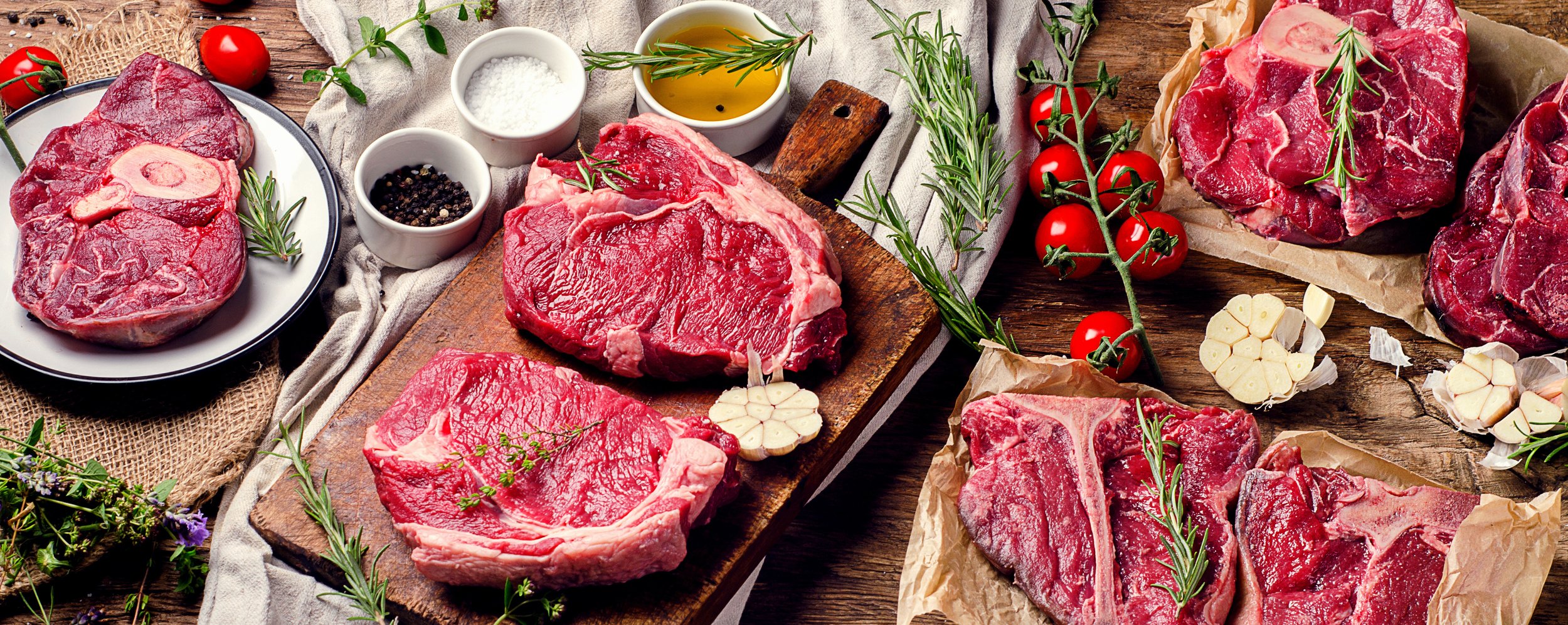
Feed your imagination!
Enjoy a serve of inspiration and see what’s possible in your kitchen

Grilled Vacio

Barbeque Steak

Thai Red Beef Curry
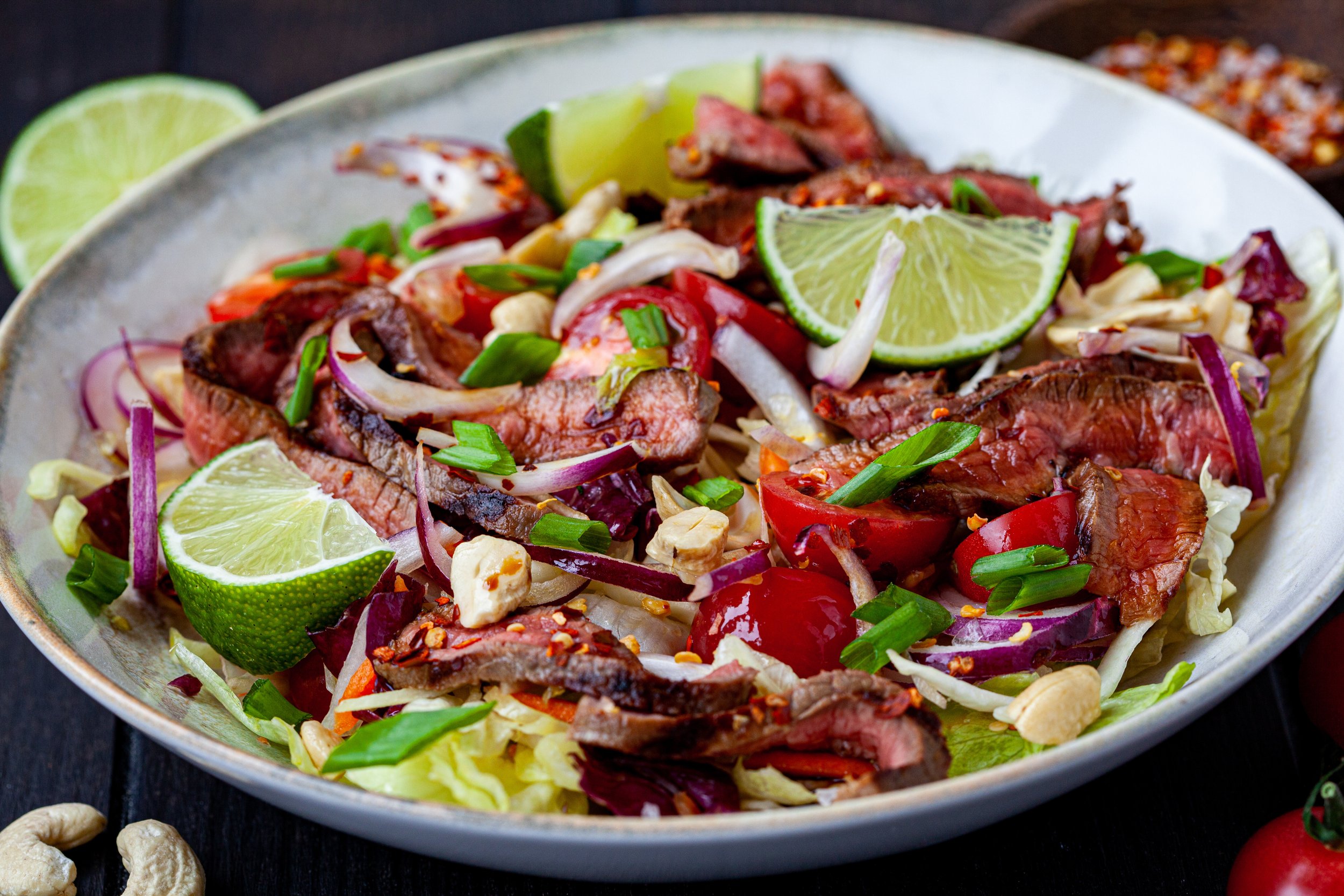
Thai Beef Salad
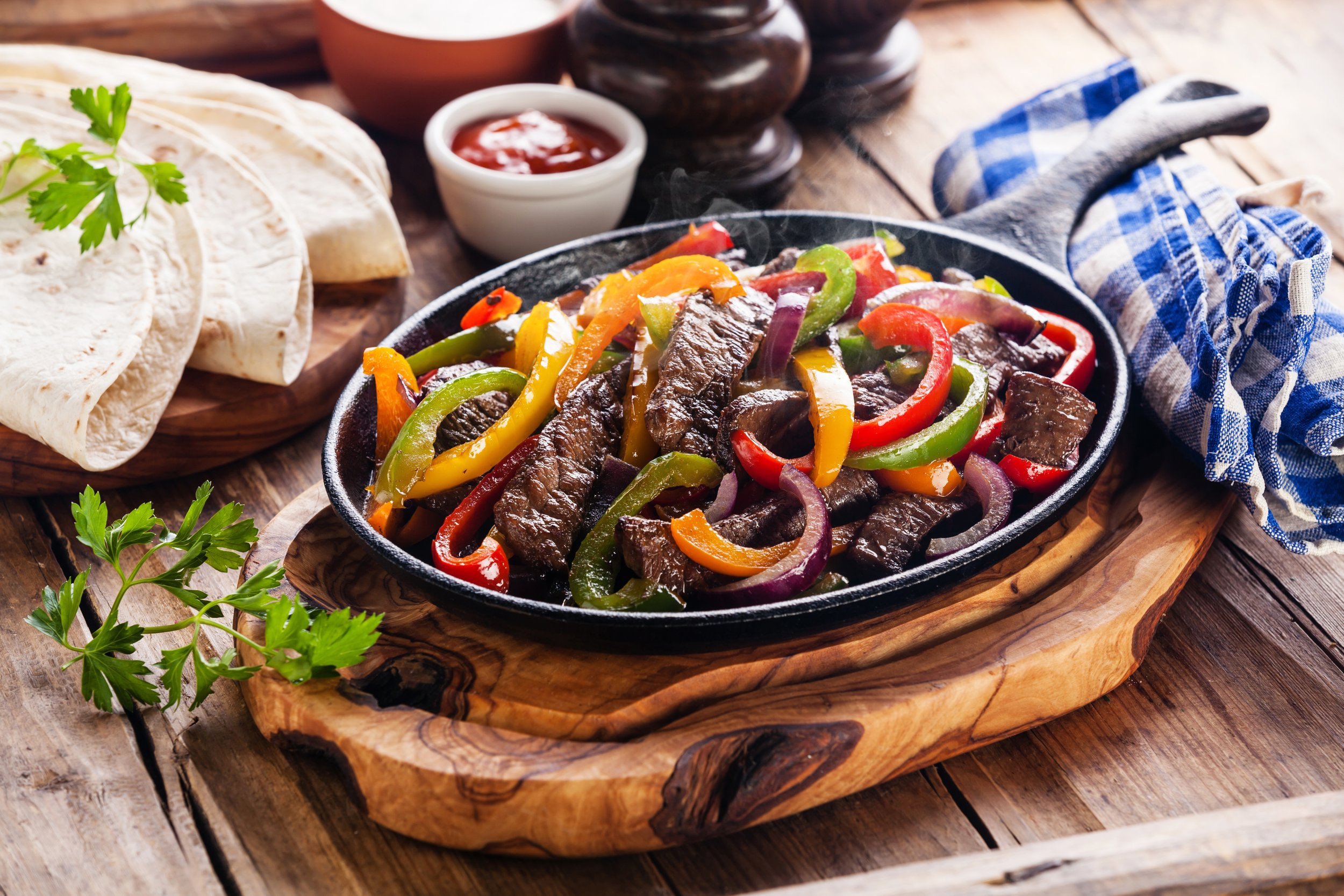
Beef Fajitas
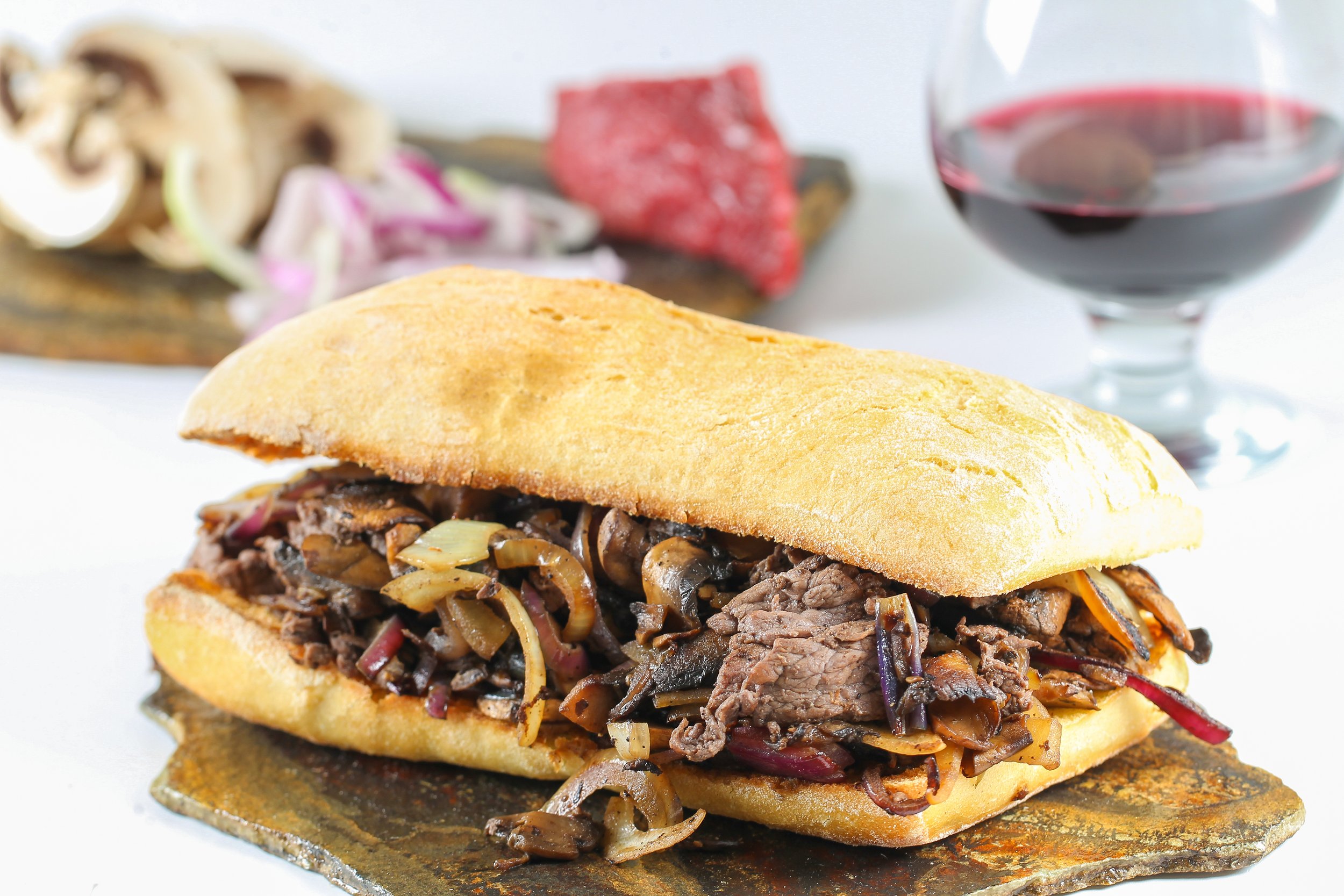
Steak, onion and mushroom Ciabatta
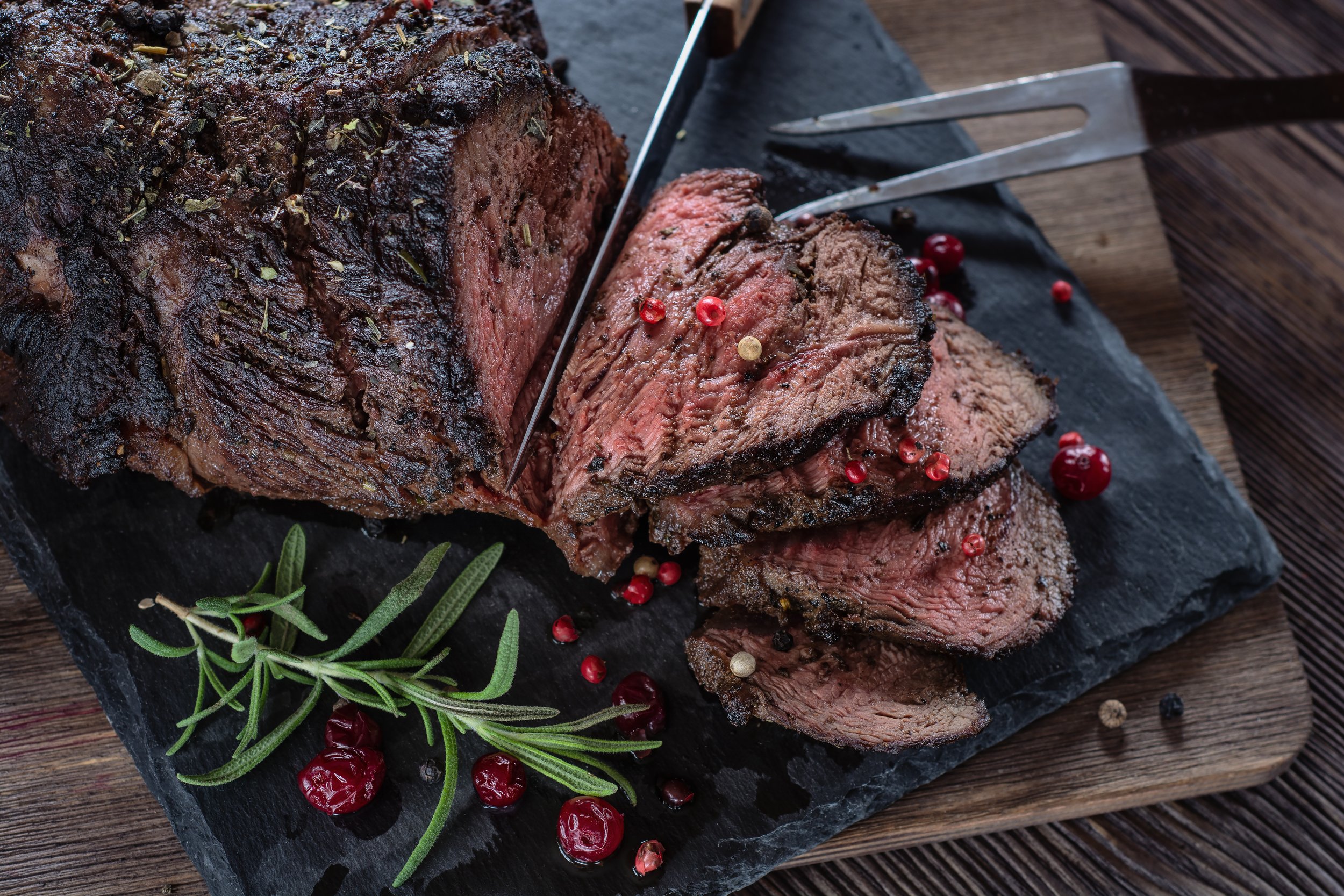
Flame seared roast beef
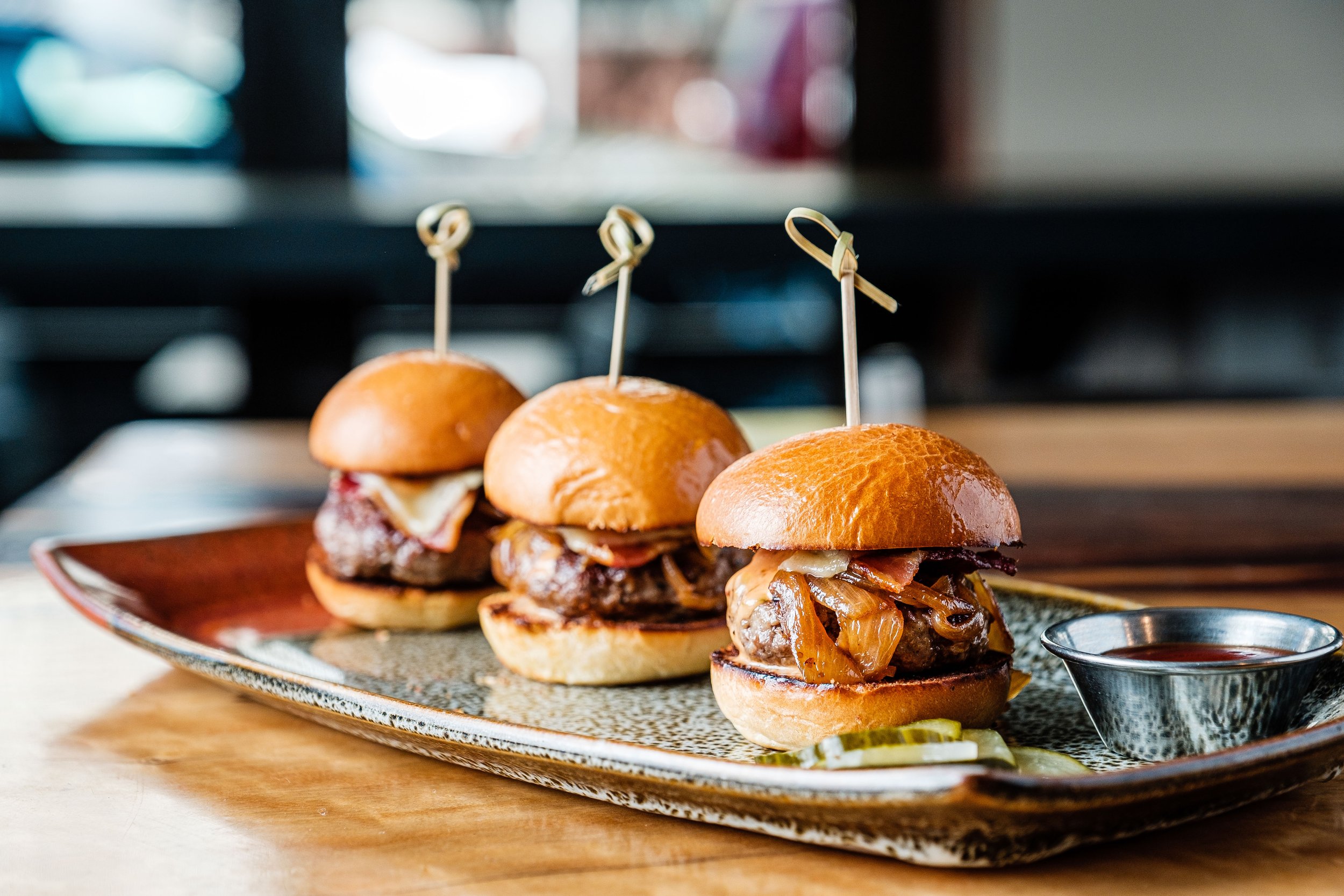
Beef Sliders
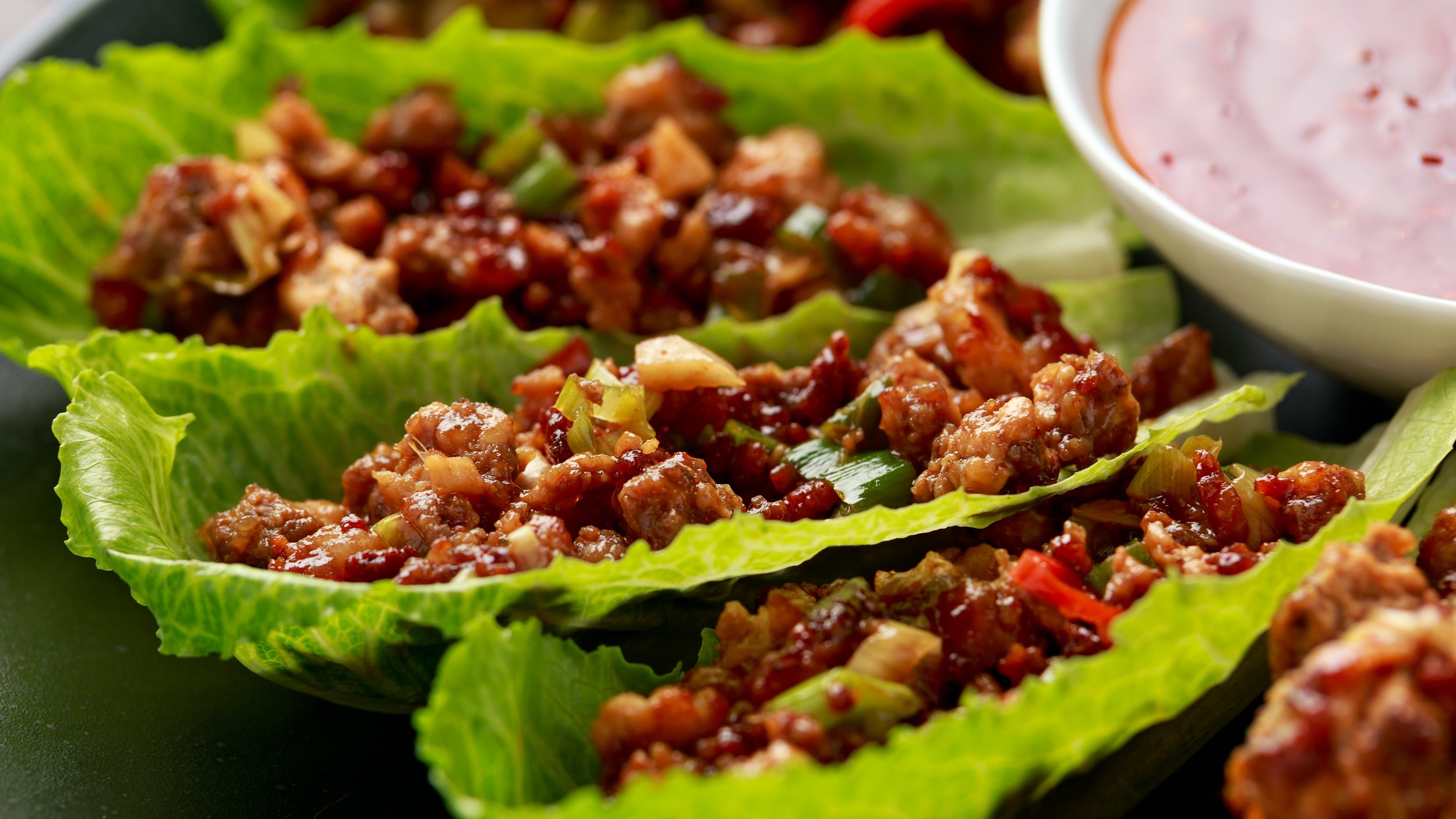
Beef San Choi Bow
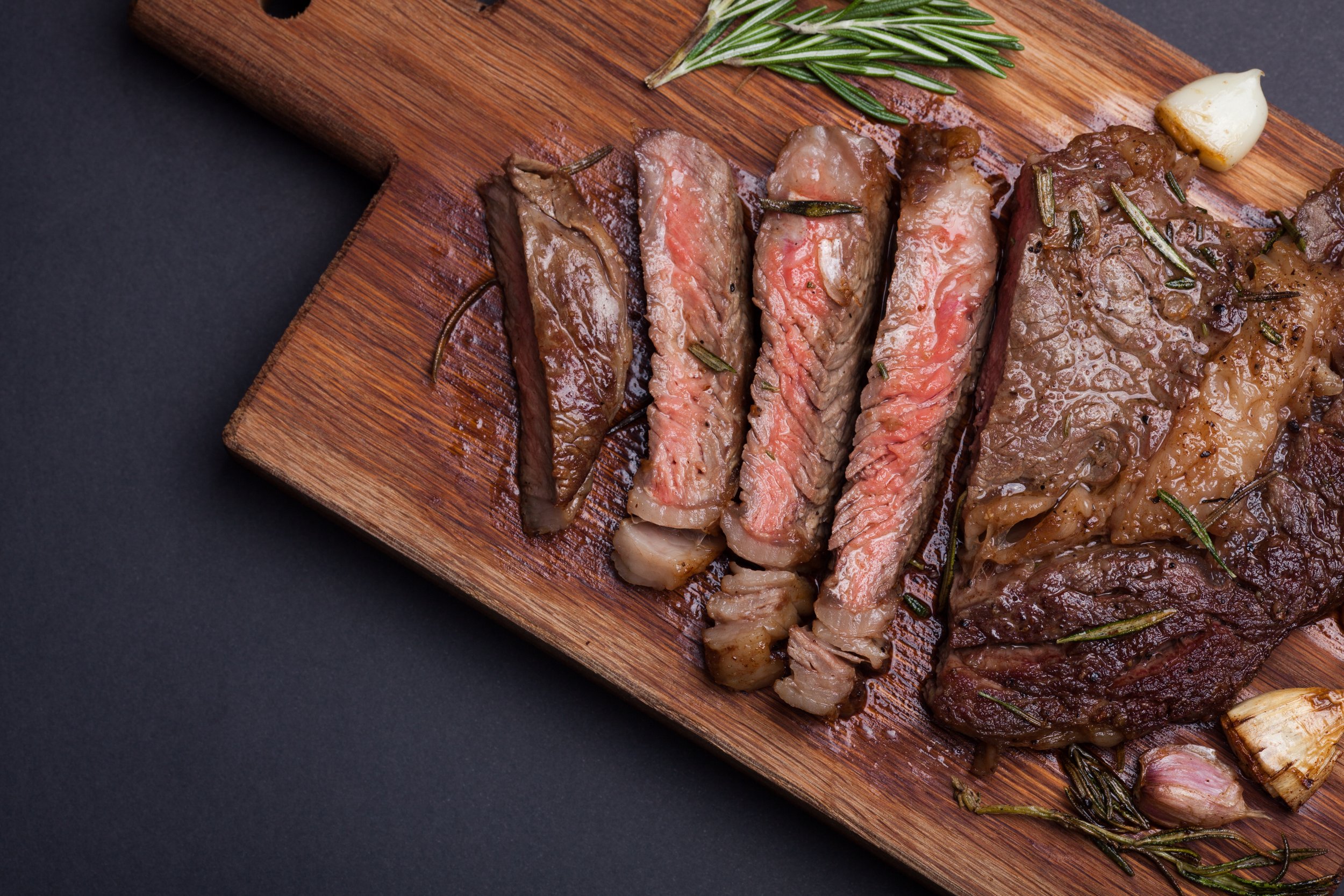
Sliced bavette with garlic and rosemarry
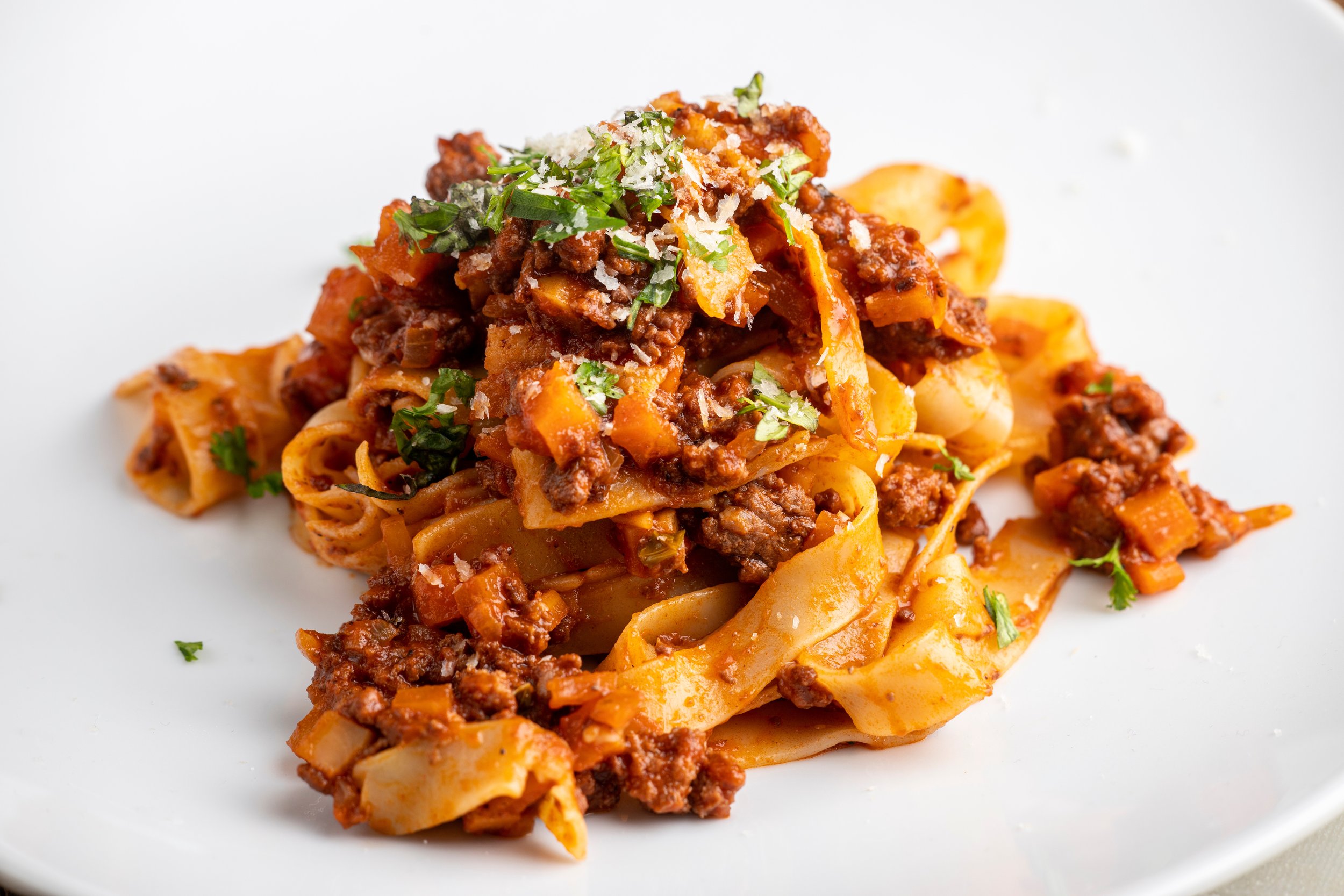
Tagliatelle Ragu
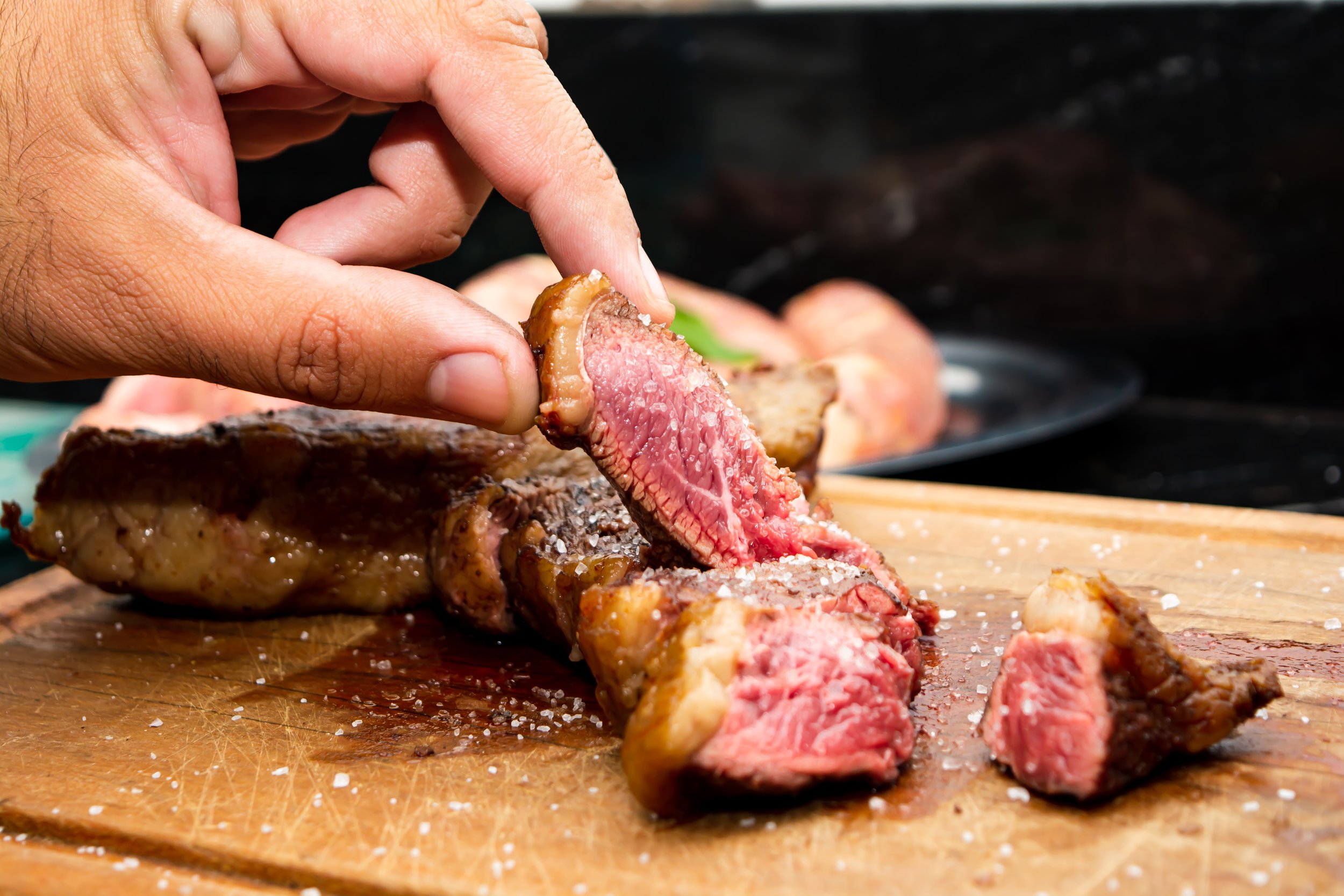
Flame grilled Pichana
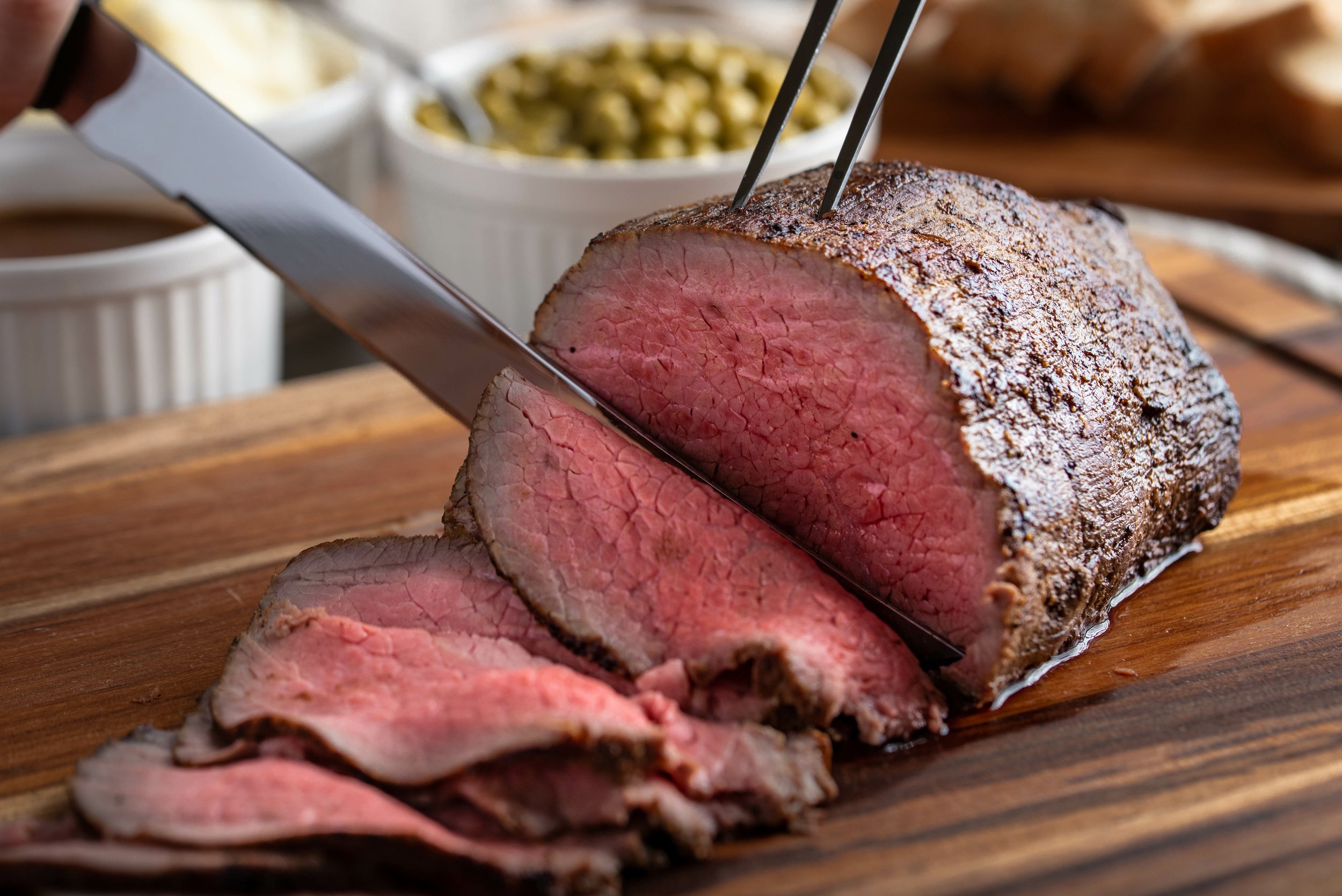
Roast Beef
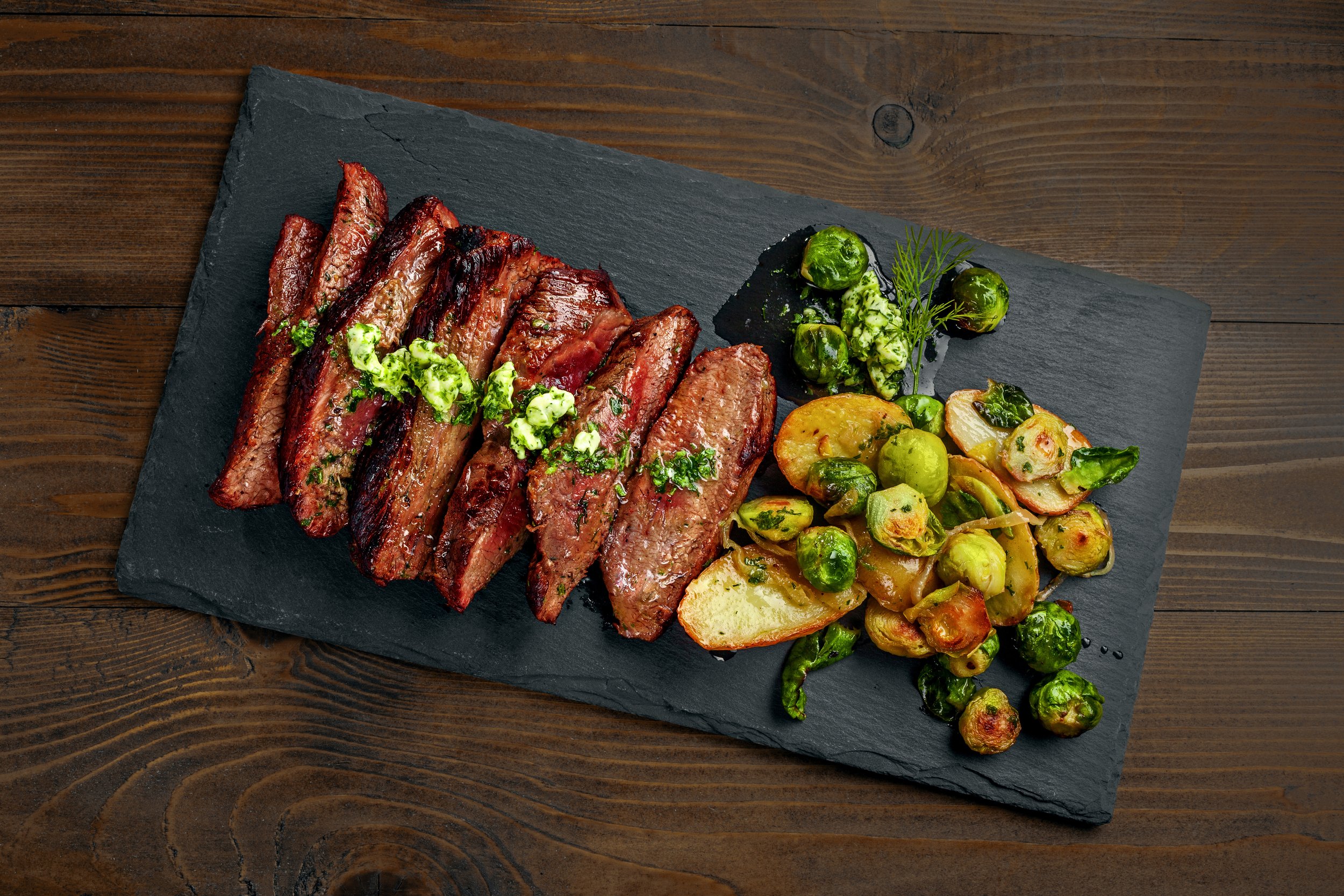
Hanger Steak with potatoes, brussels sprouts and onion
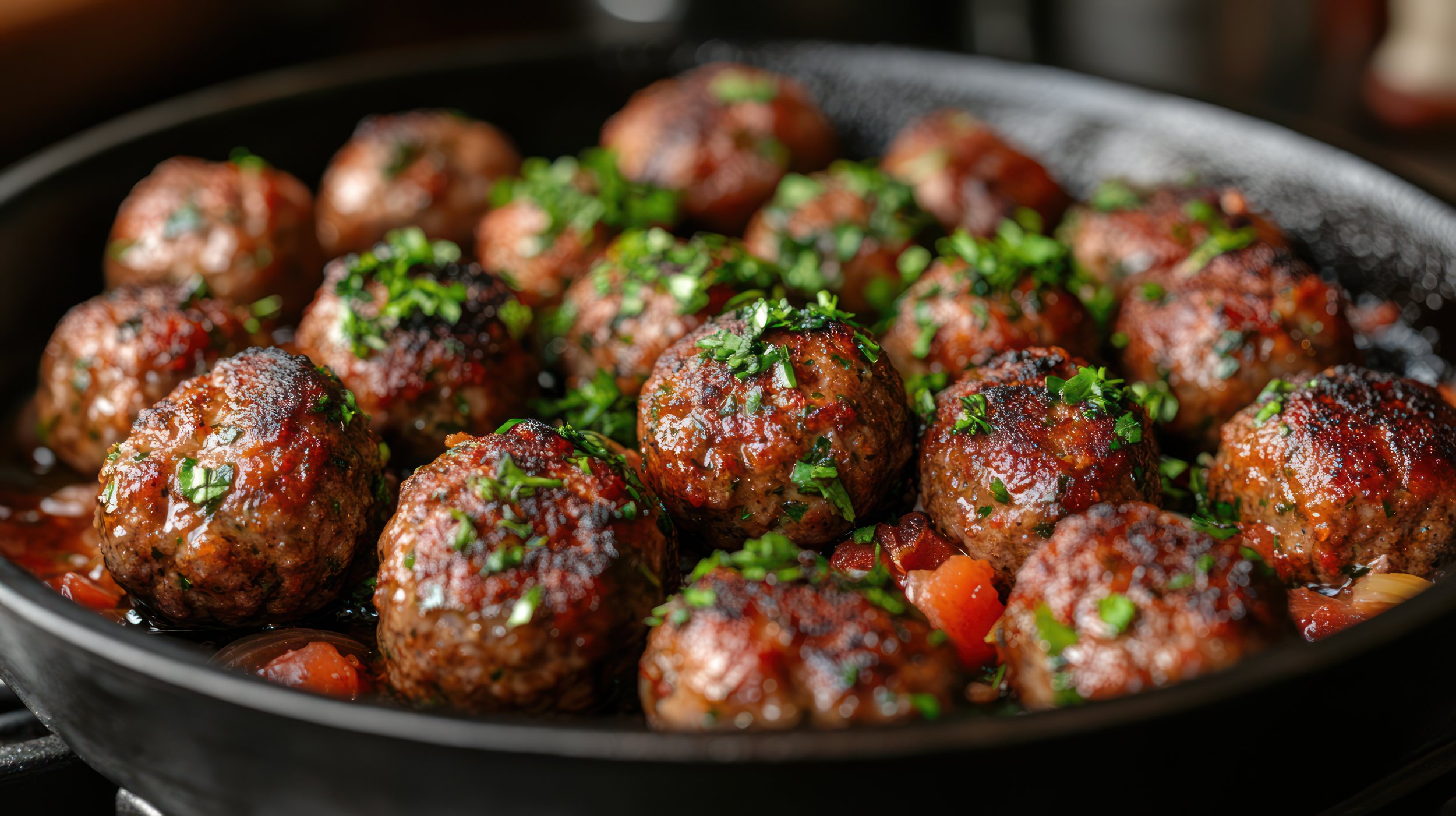
Italian style meatballs
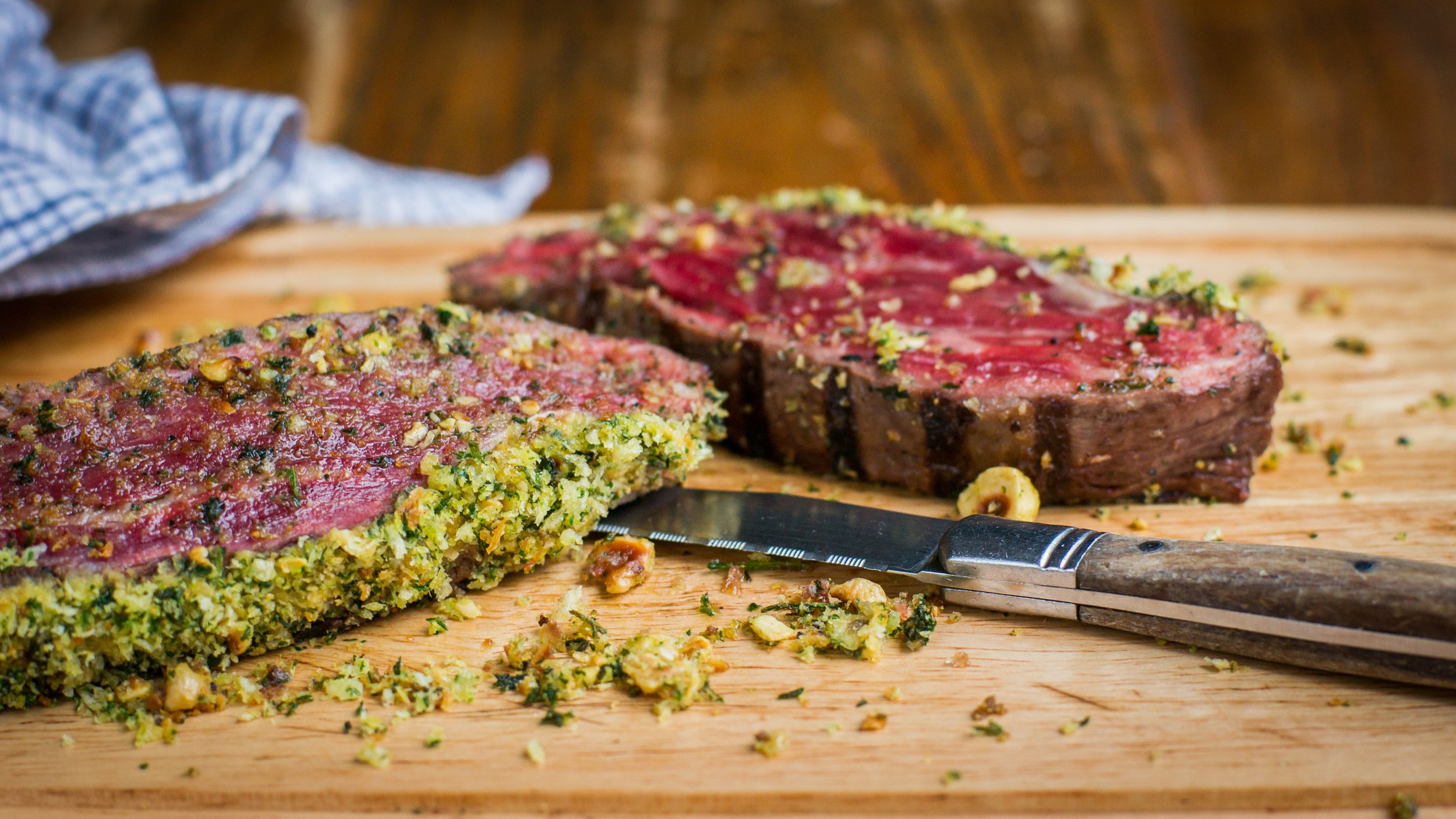
Herb crusted denver steak
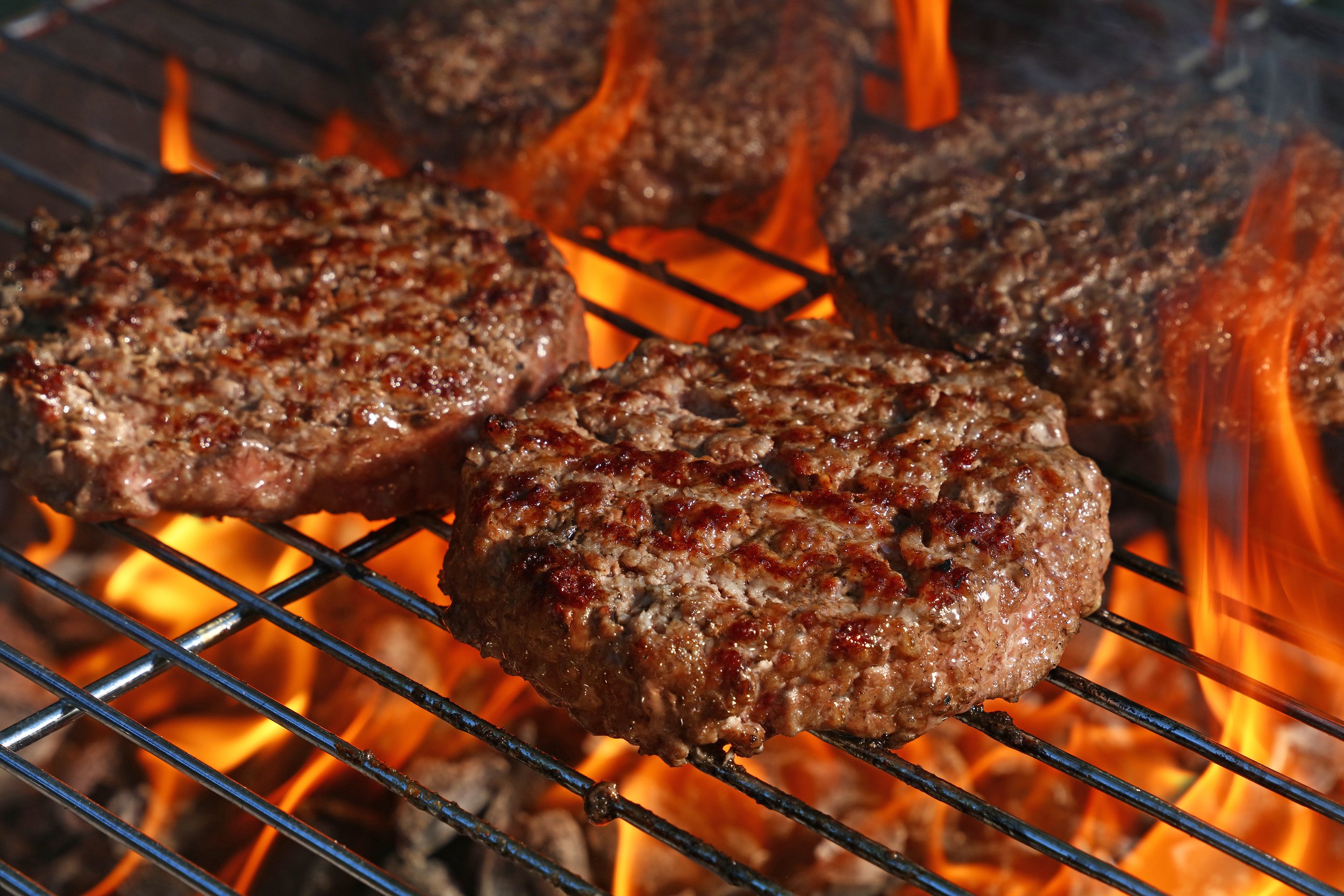
The ultimate burger pattie
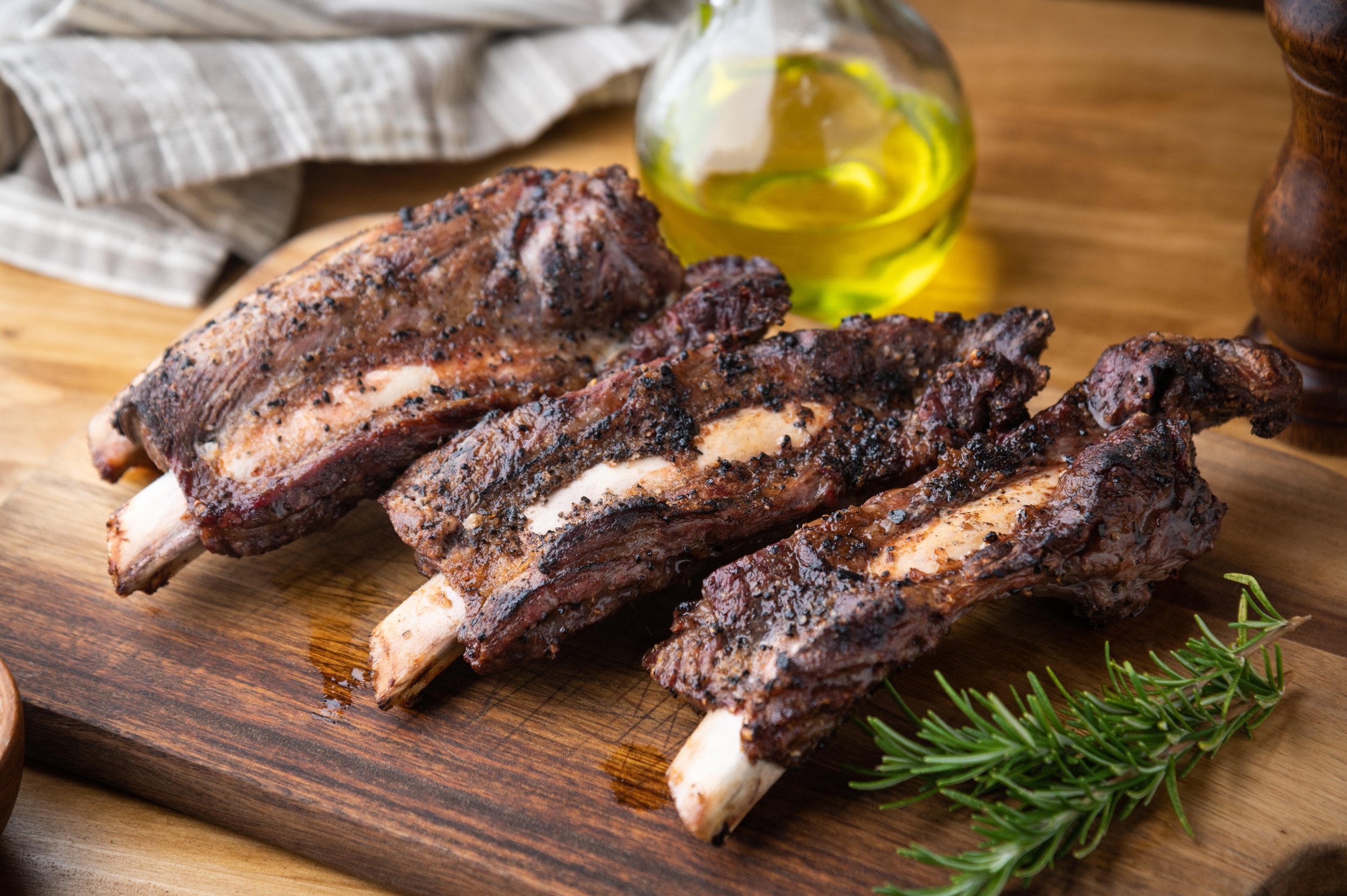
Smoked short ribs
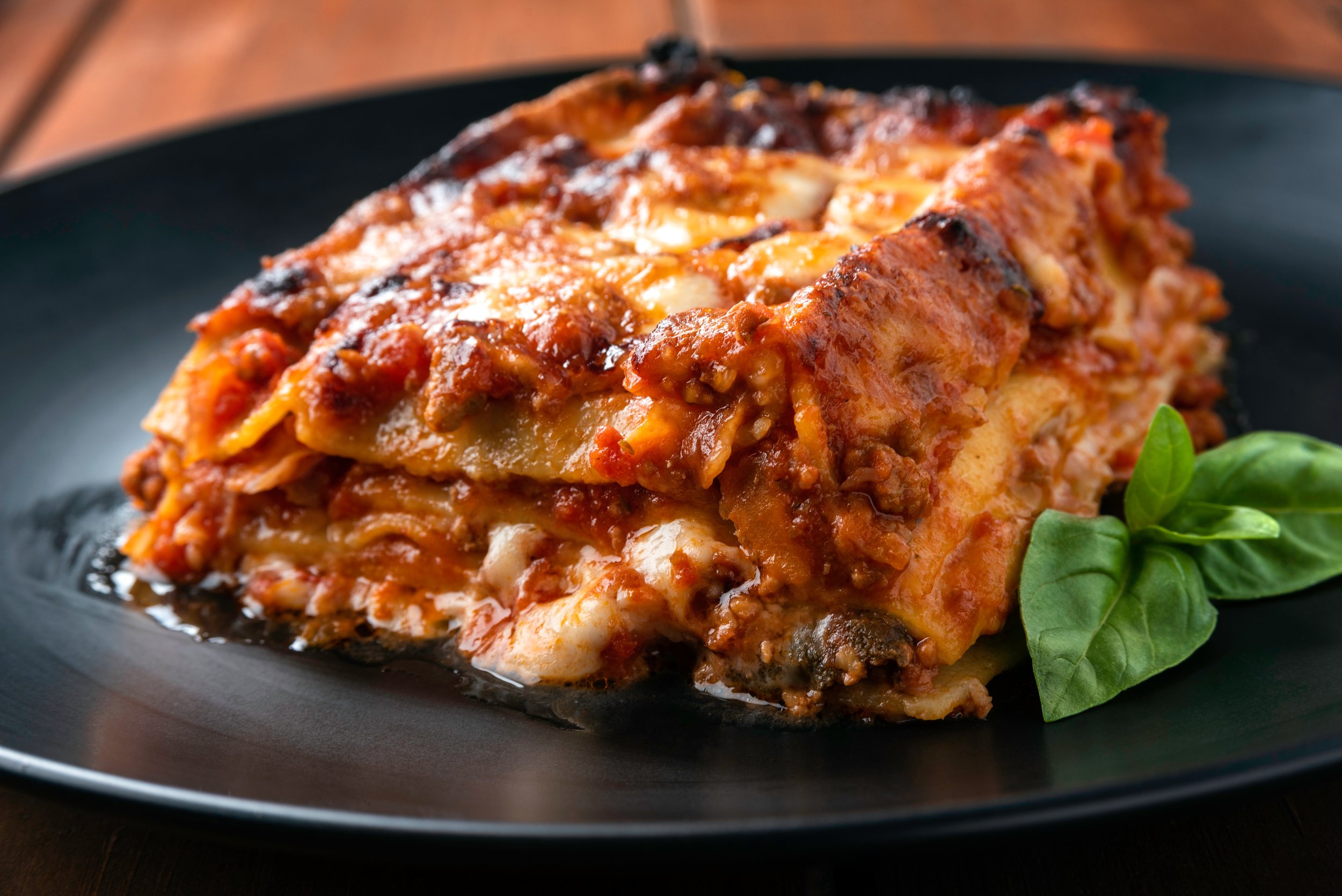
Lasagna
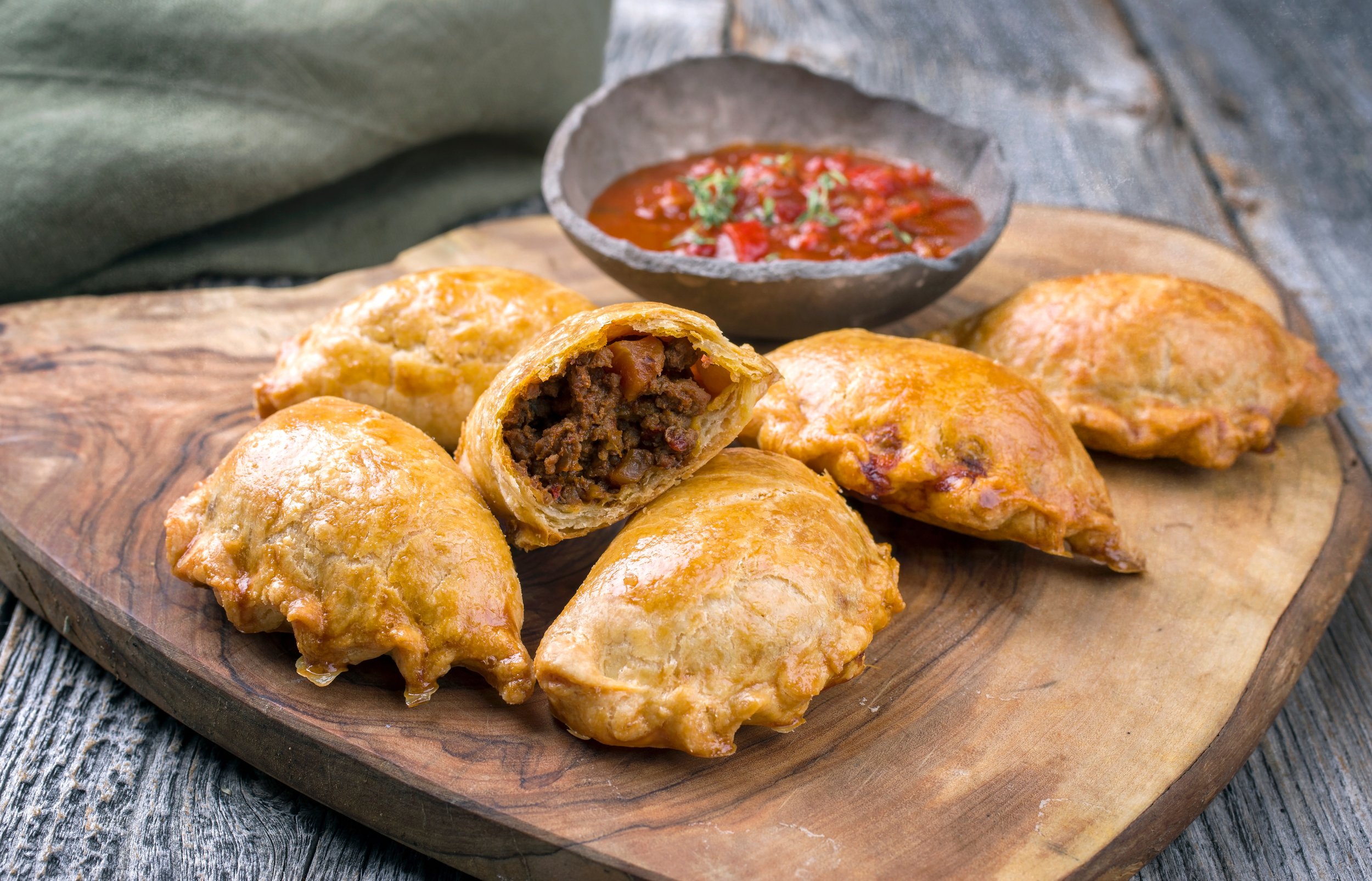
Beef and chorizo empanada
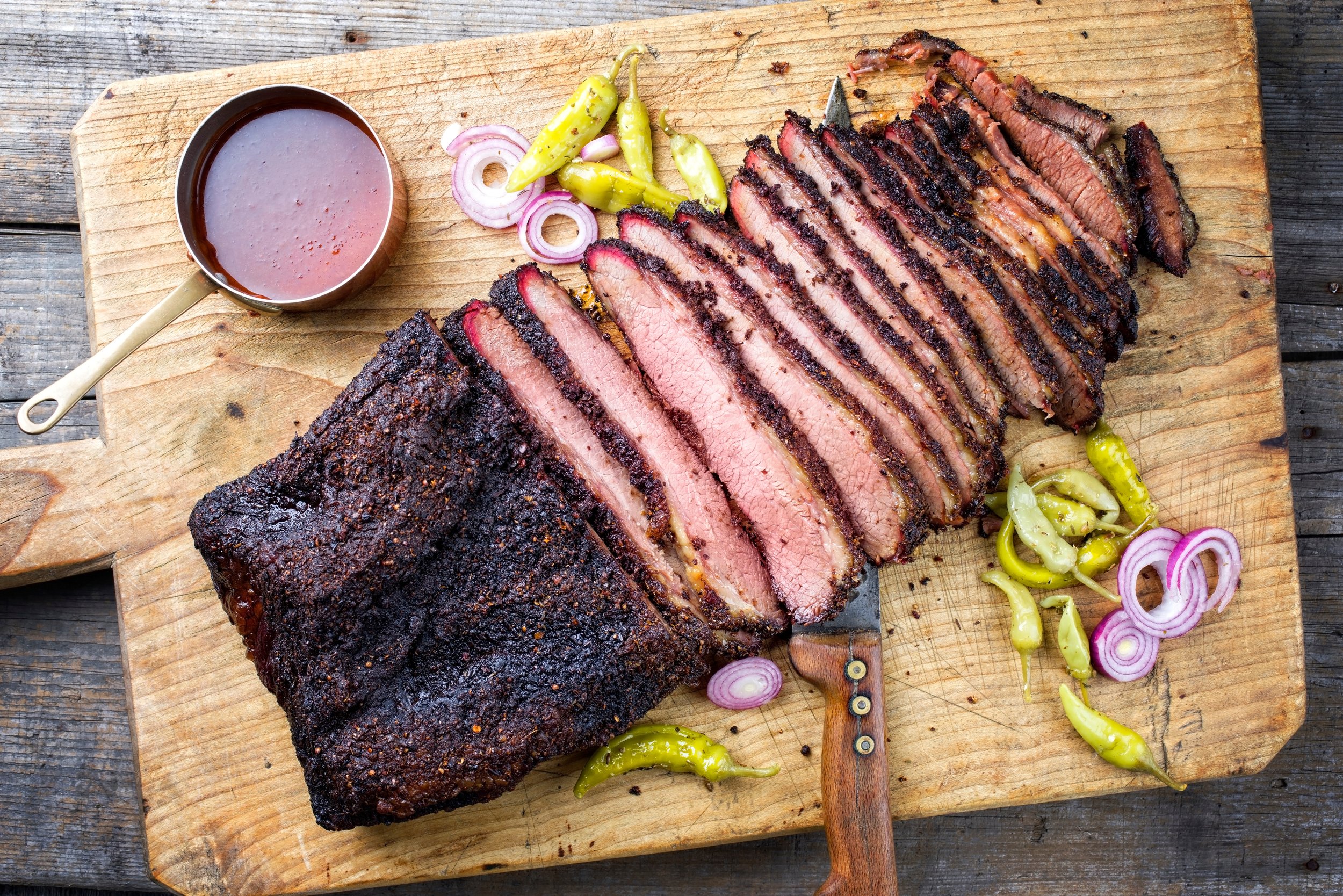
Smoked brisket

Grilled Eye Fillet
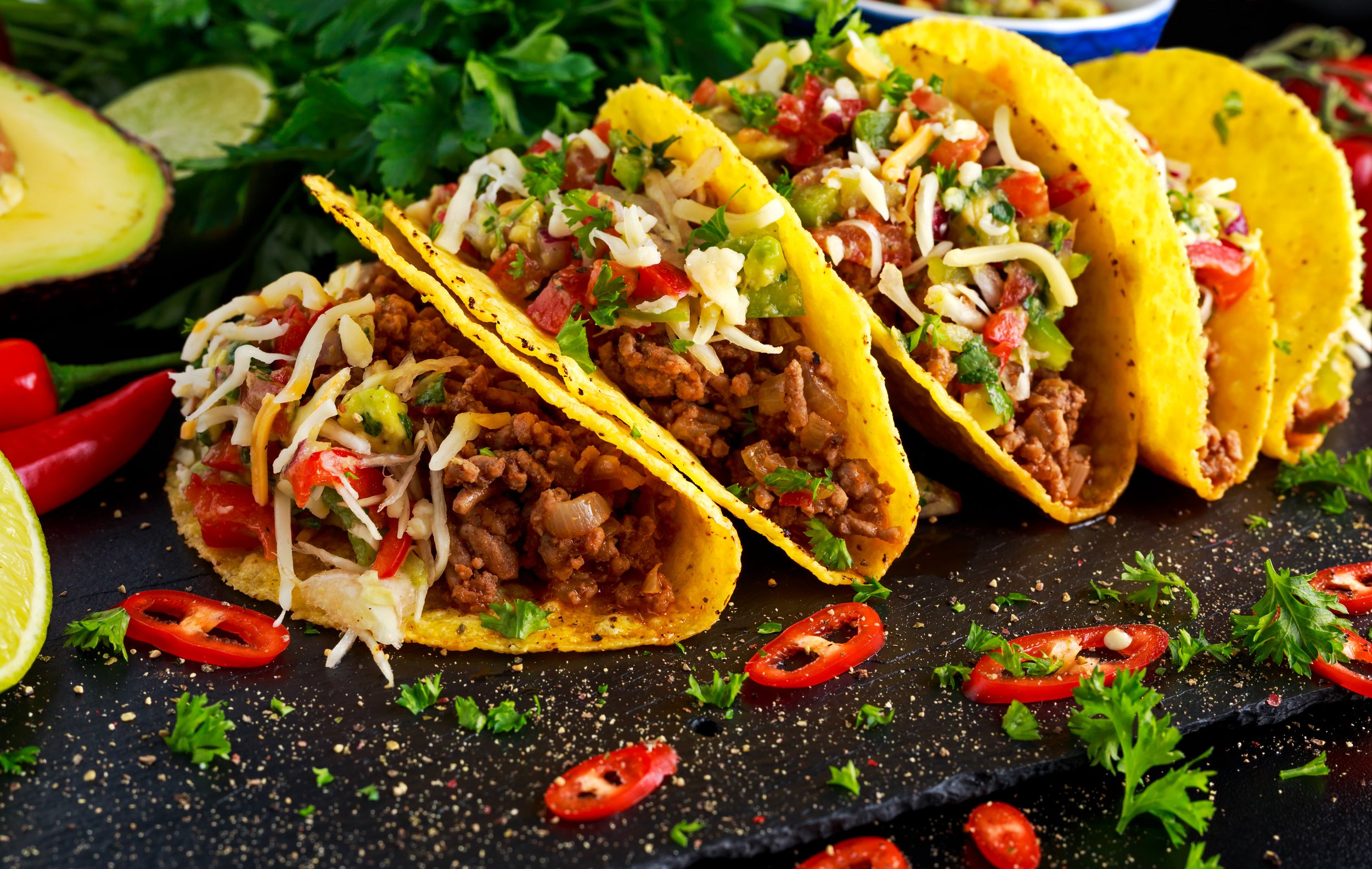
Crispy Beef Tacos
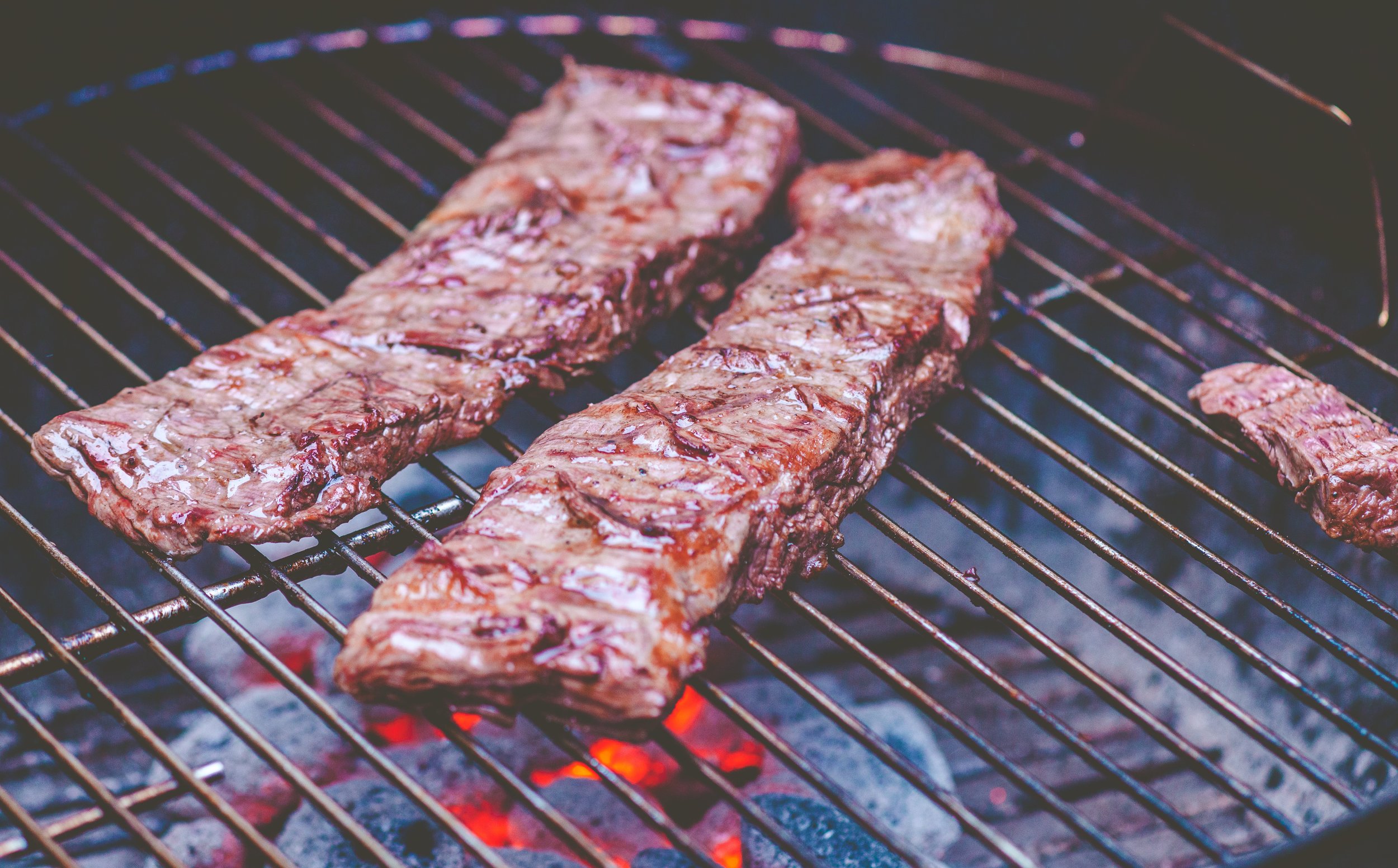
Barbeque Etrana
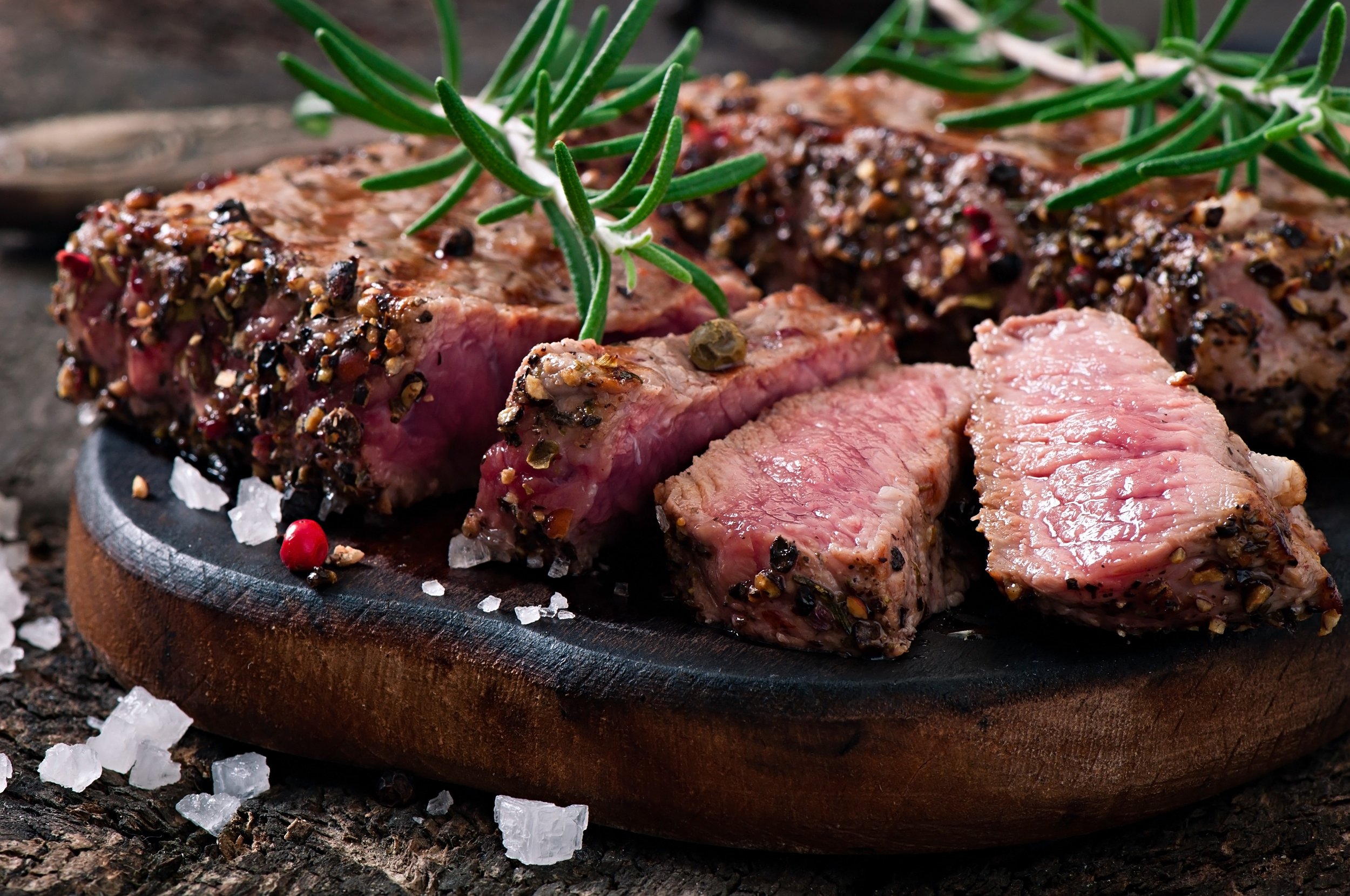
Peppercorn Crusted Flat Iron

Grilled Beer Skewers with Qnion and Capsicum.
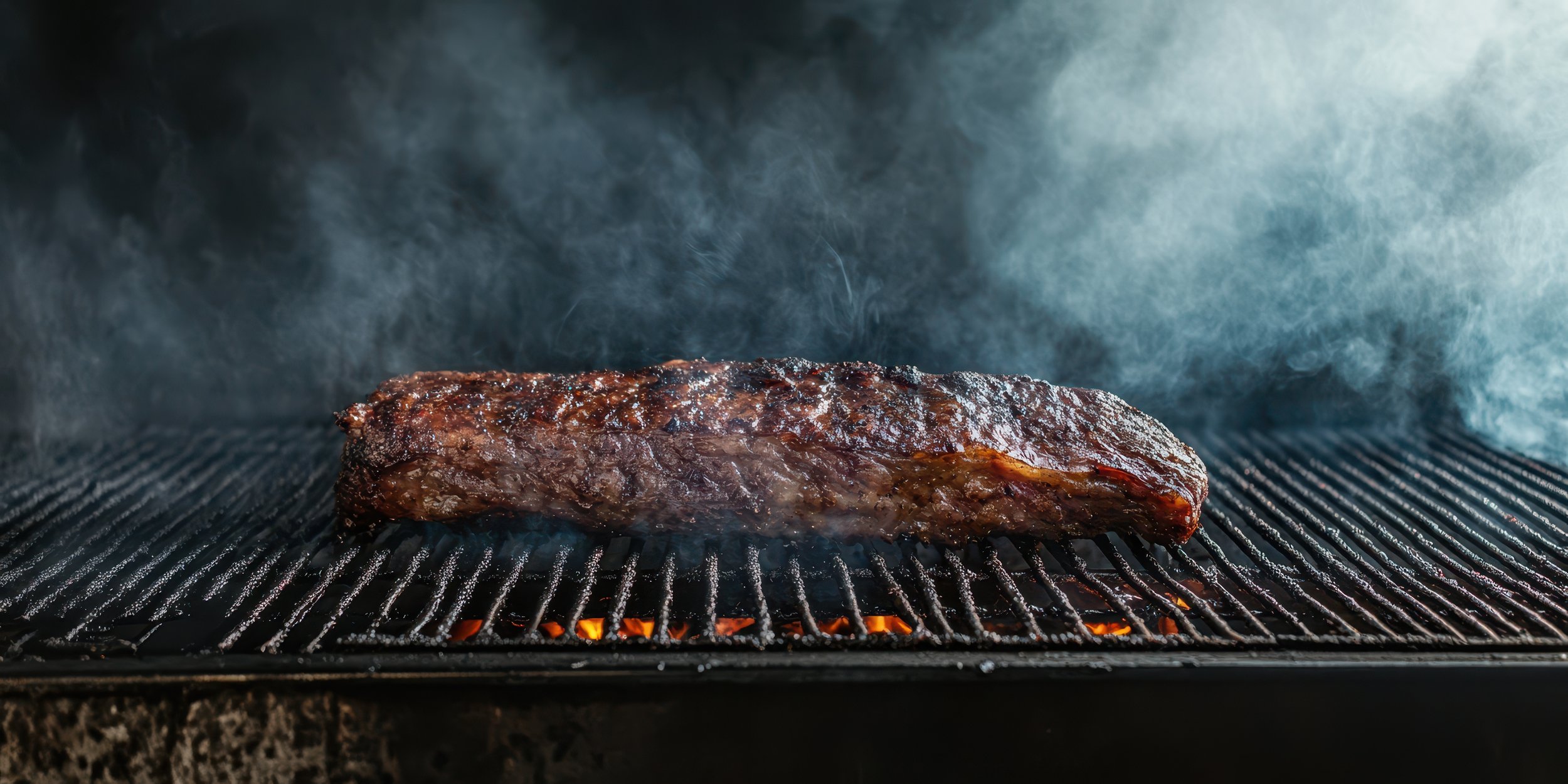
Brisket on the Smoker

Braised Beef Shin Pie
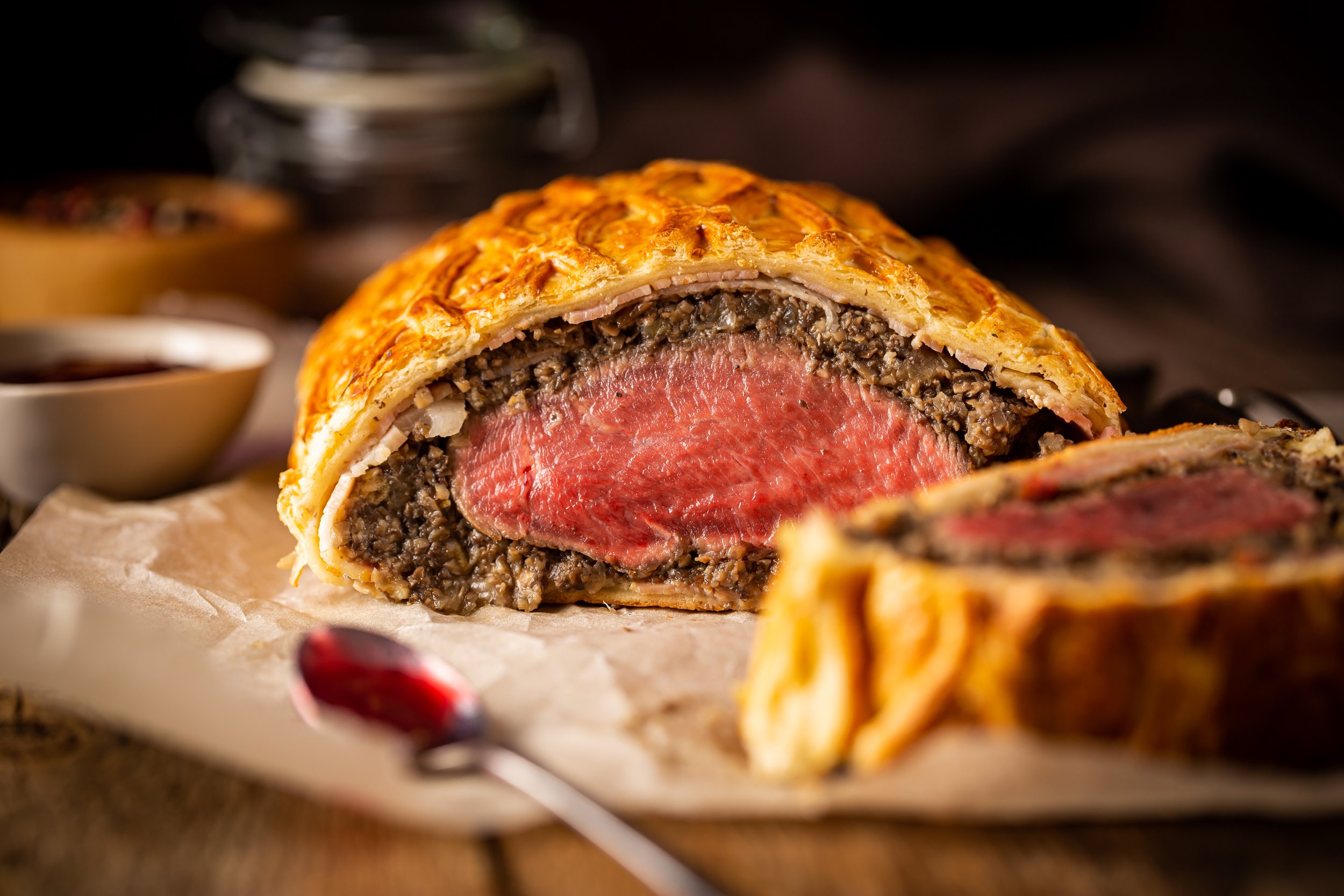
Classic Beef Wellington
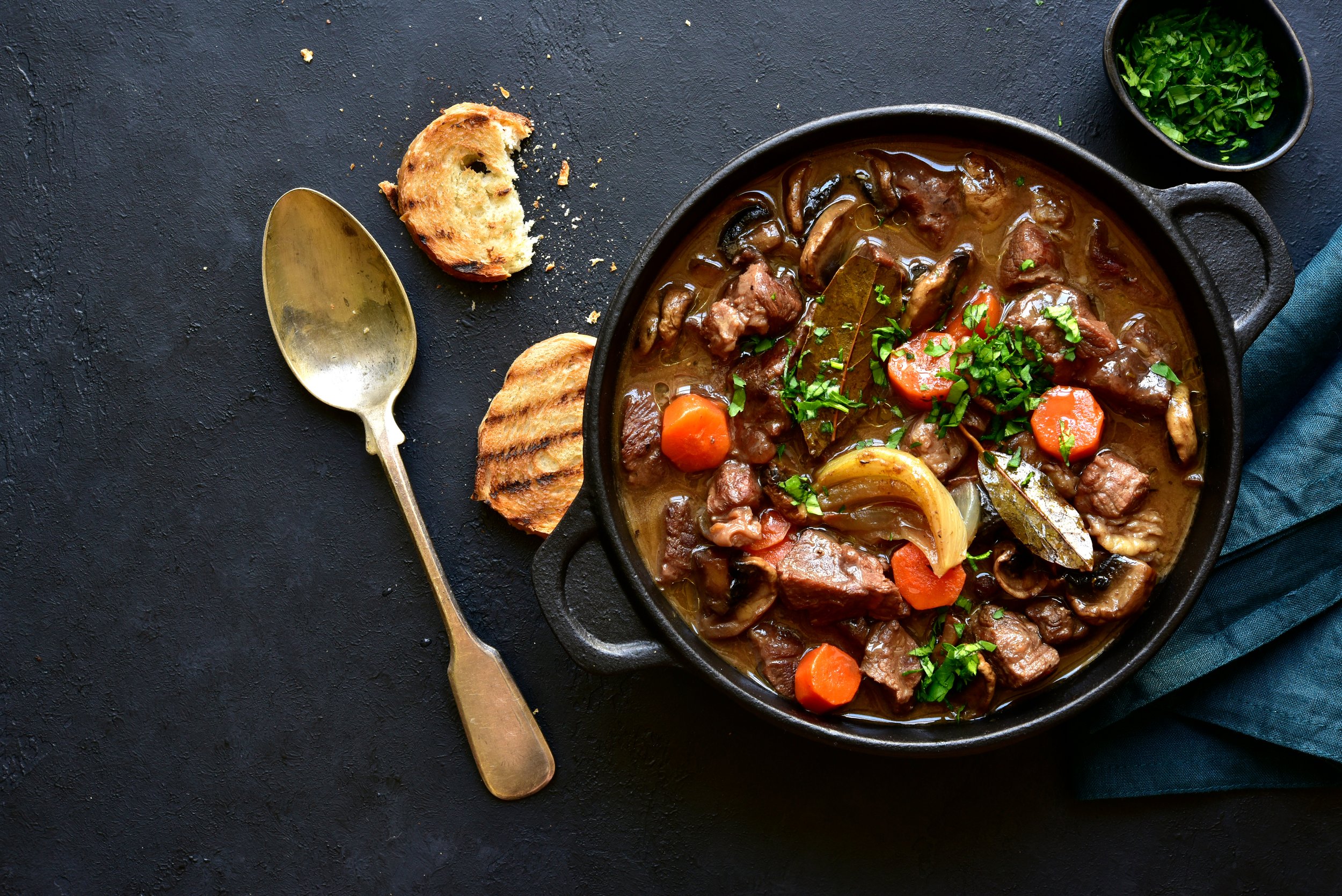
Beef bourguignon
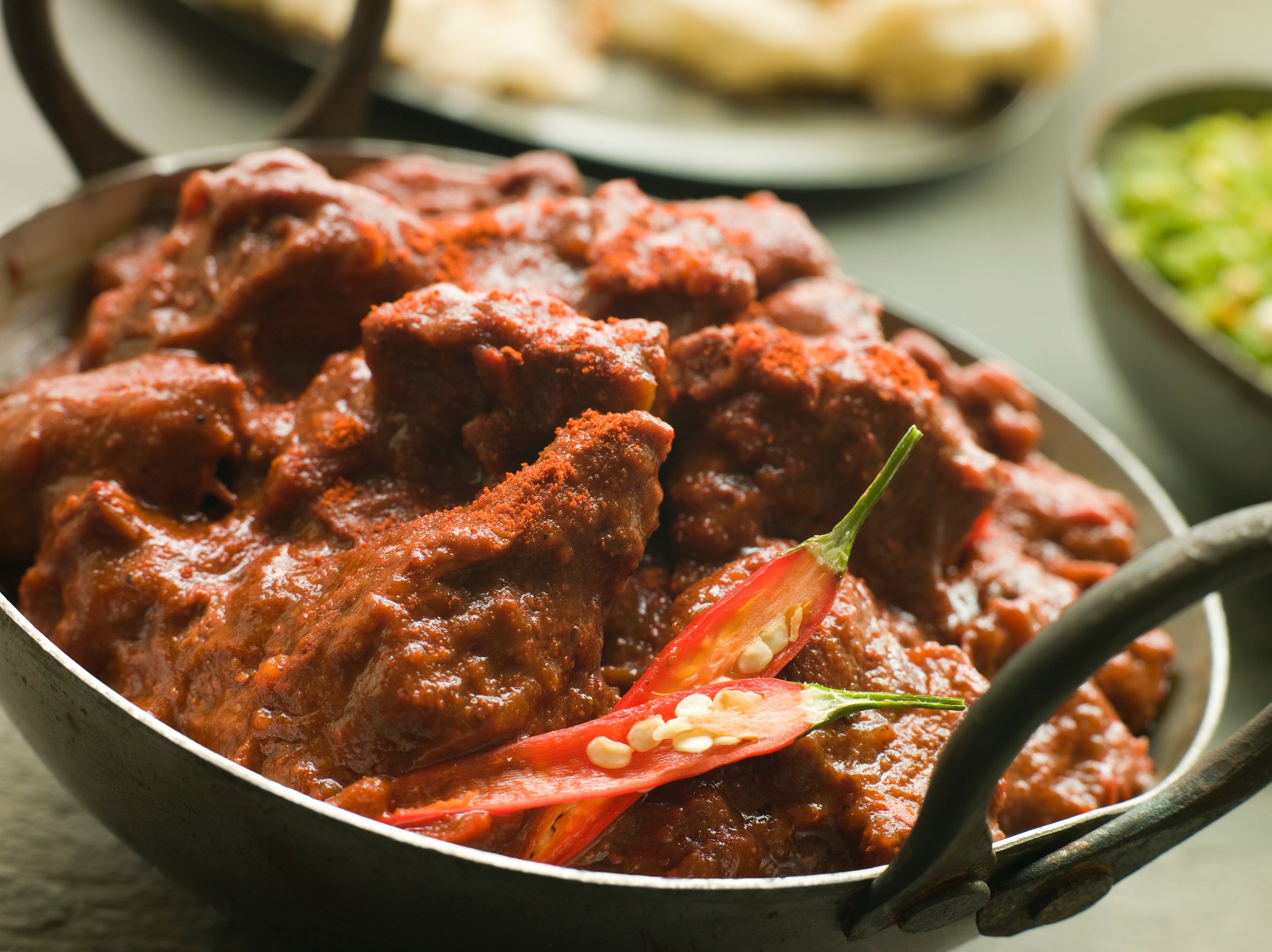
Beef Phall
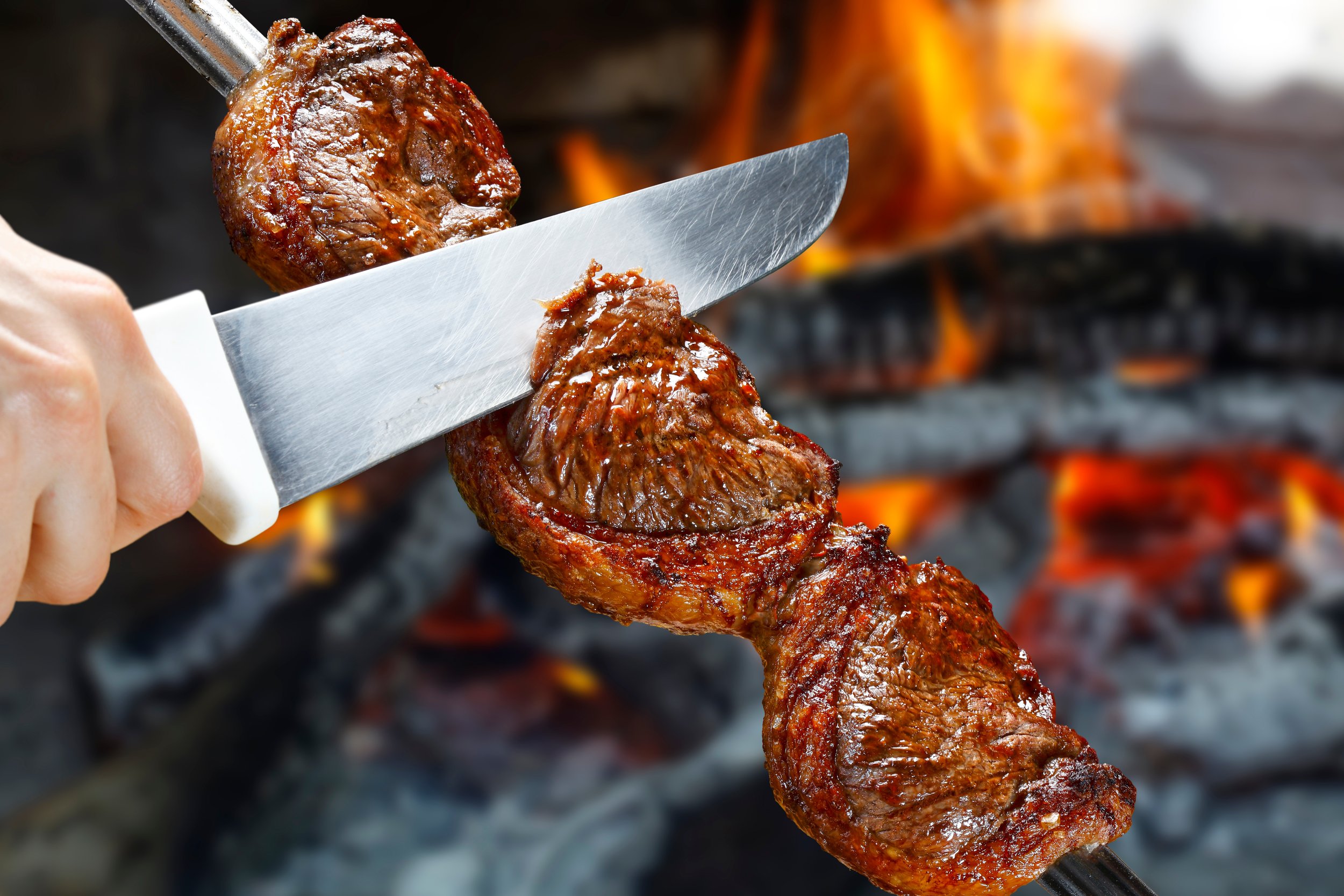
Flame Grilled Picanha

Osso bucco
Feeling inspired?
Let’s turn your ideas into unforgettable meals.
Whether you're cooking for two or feeding a crowd, we’ll help you get started.





